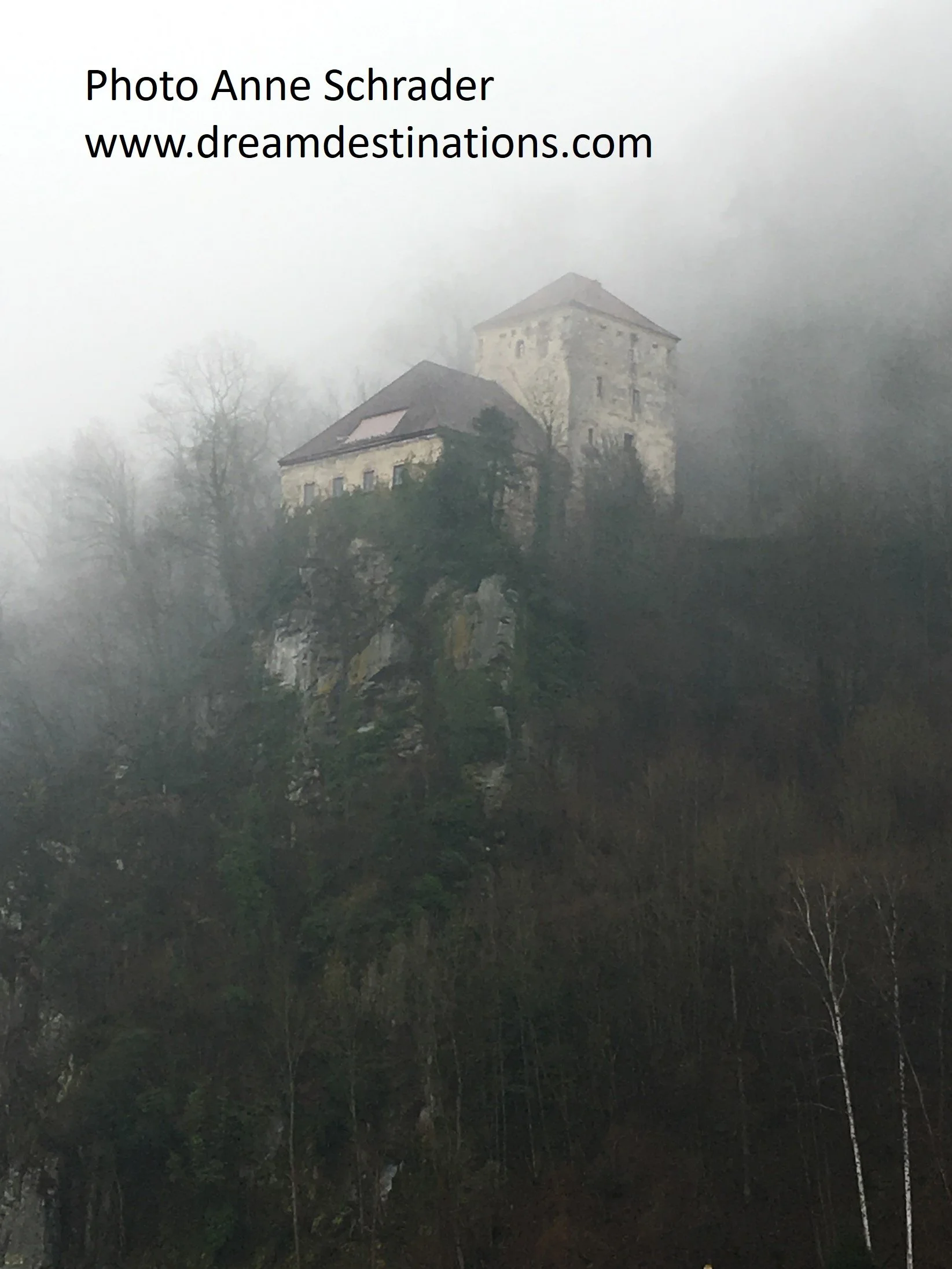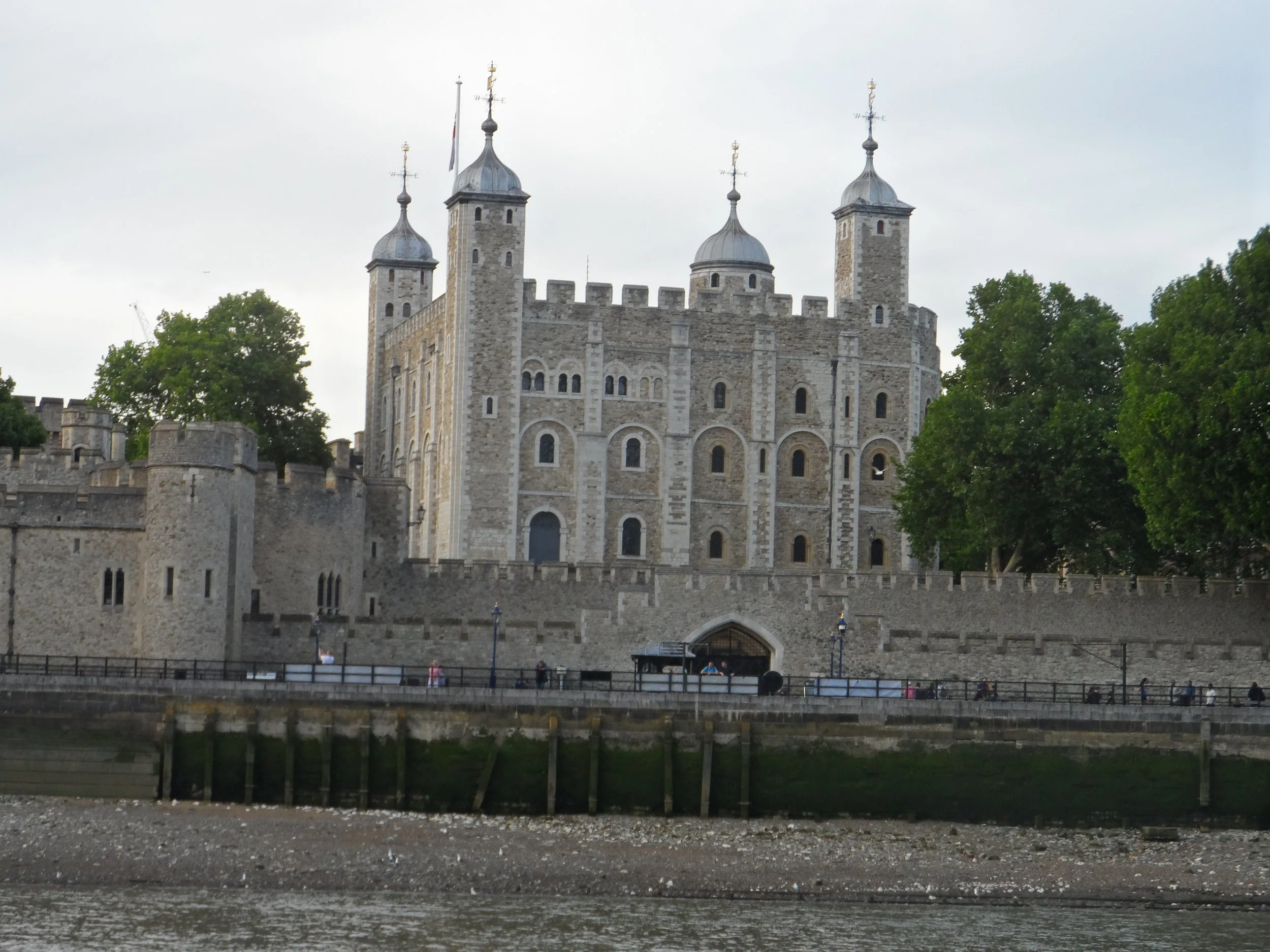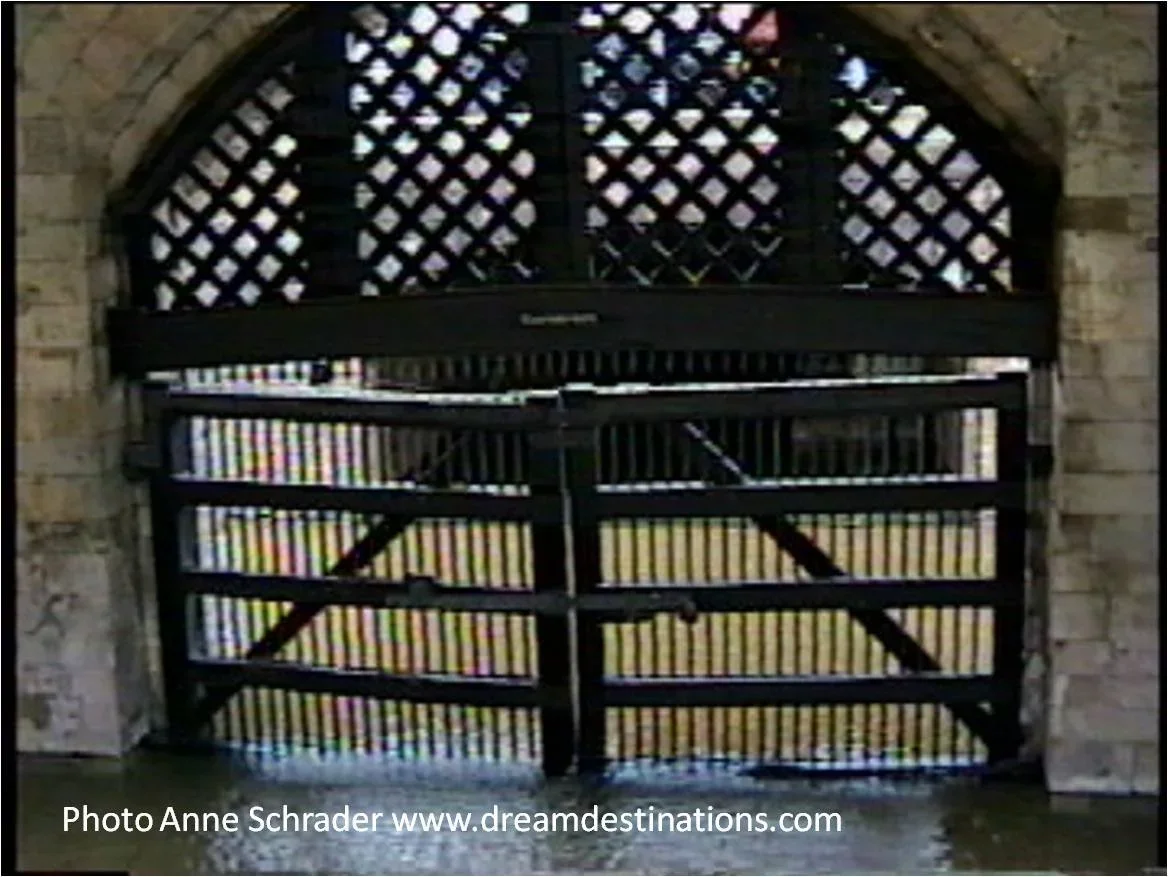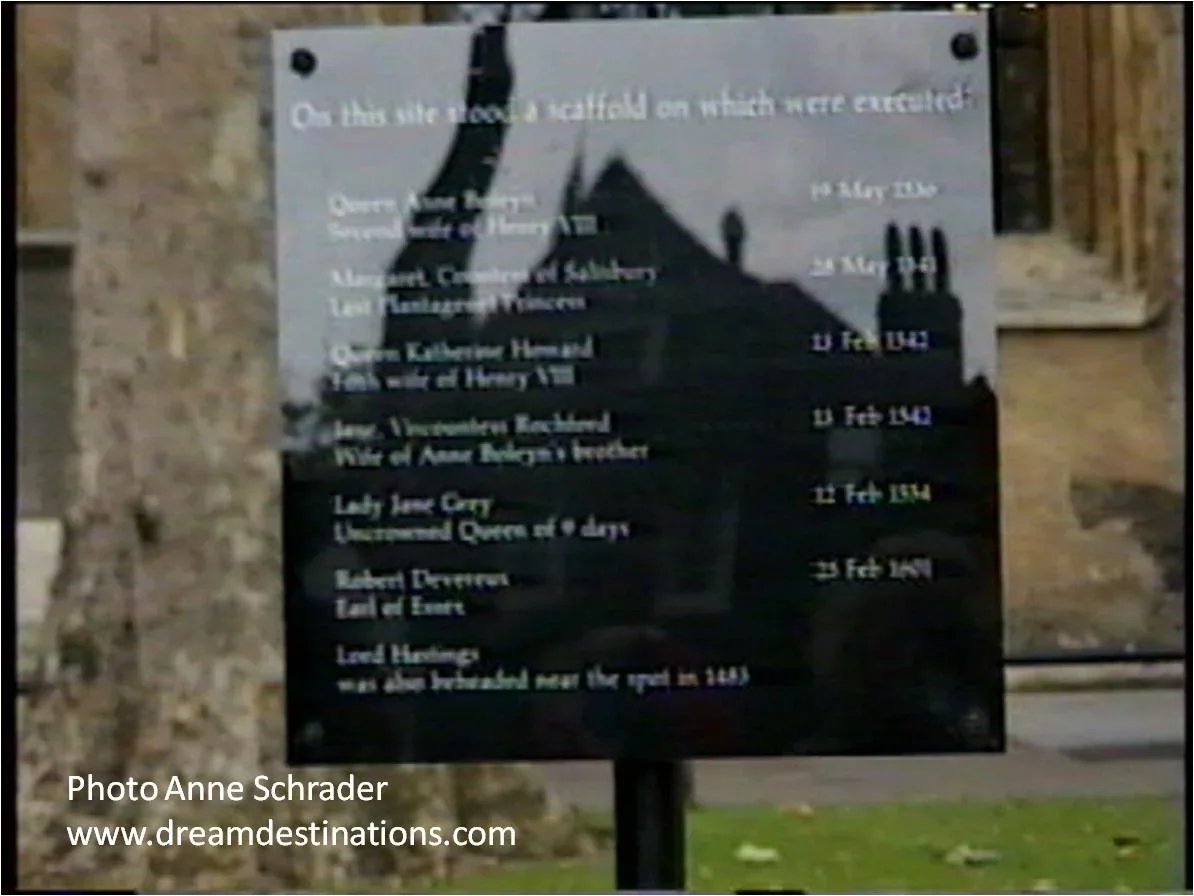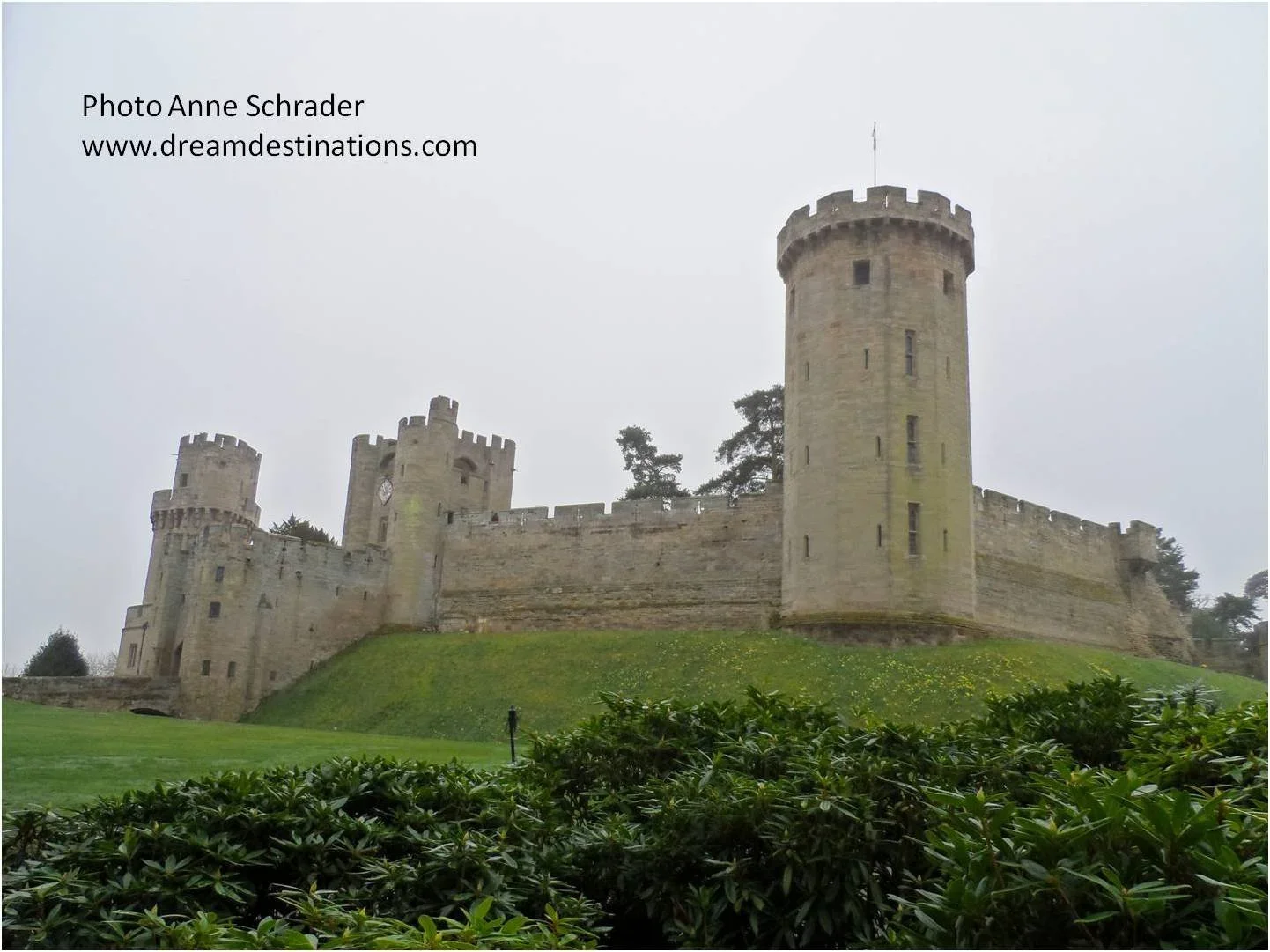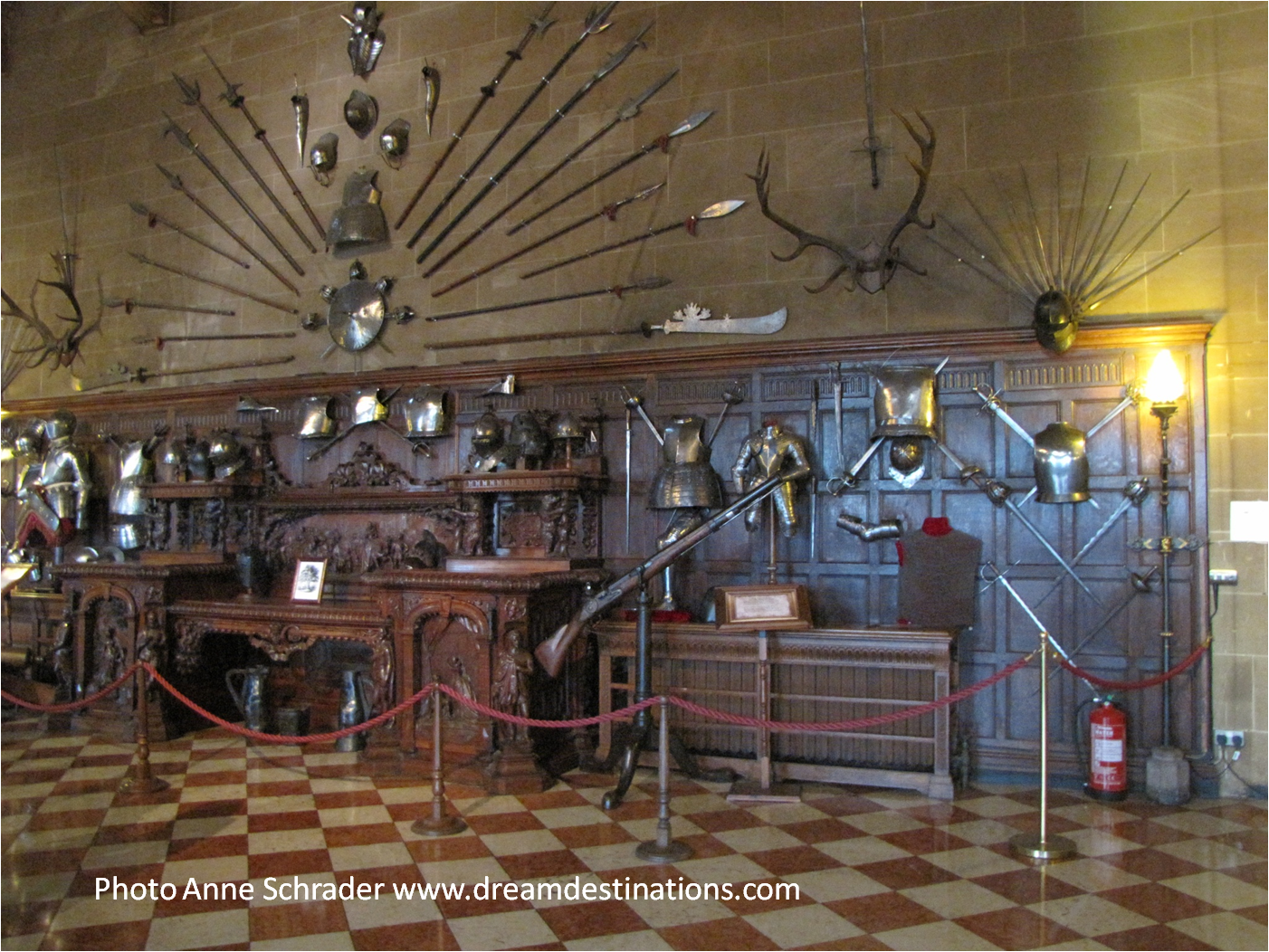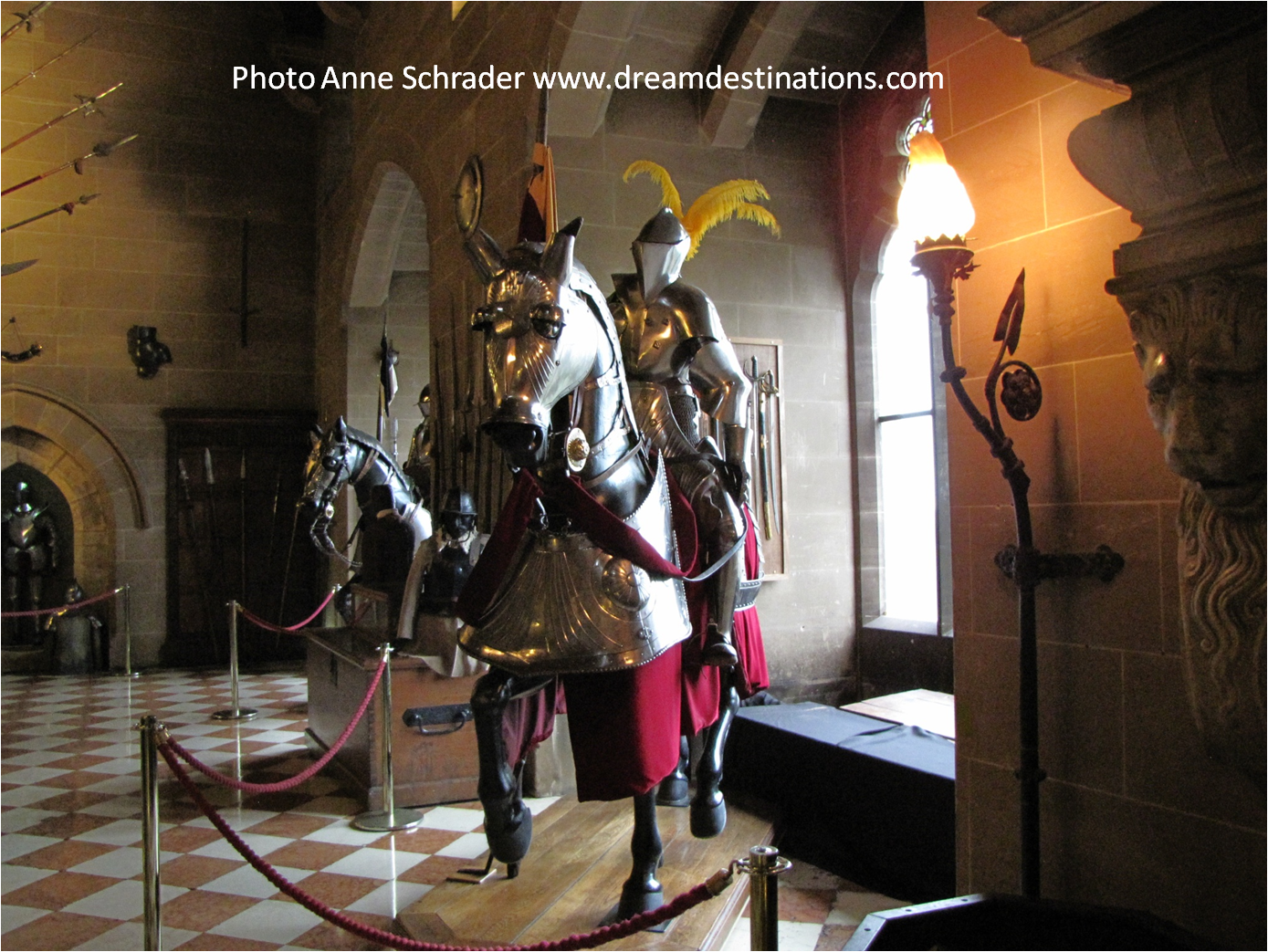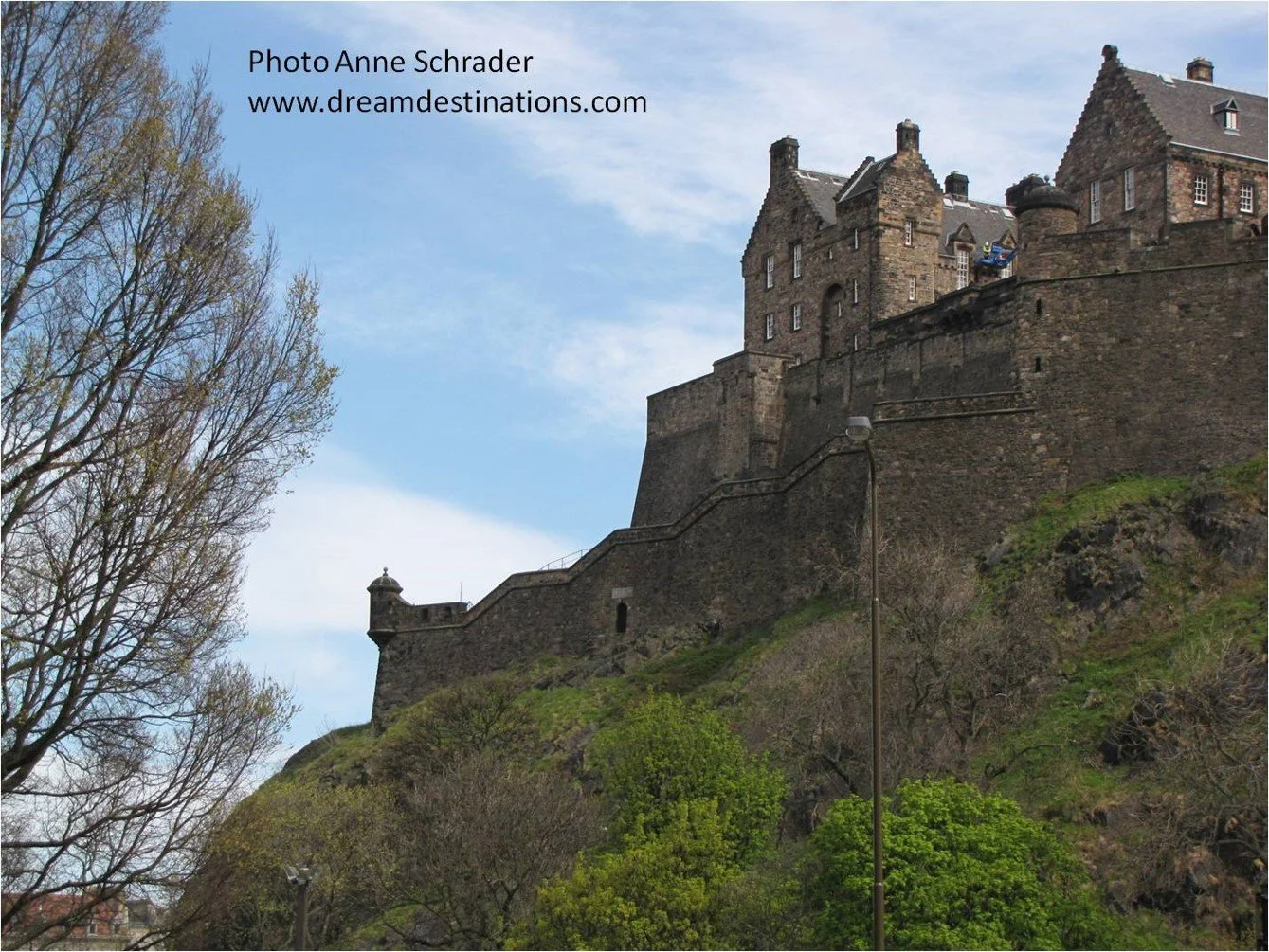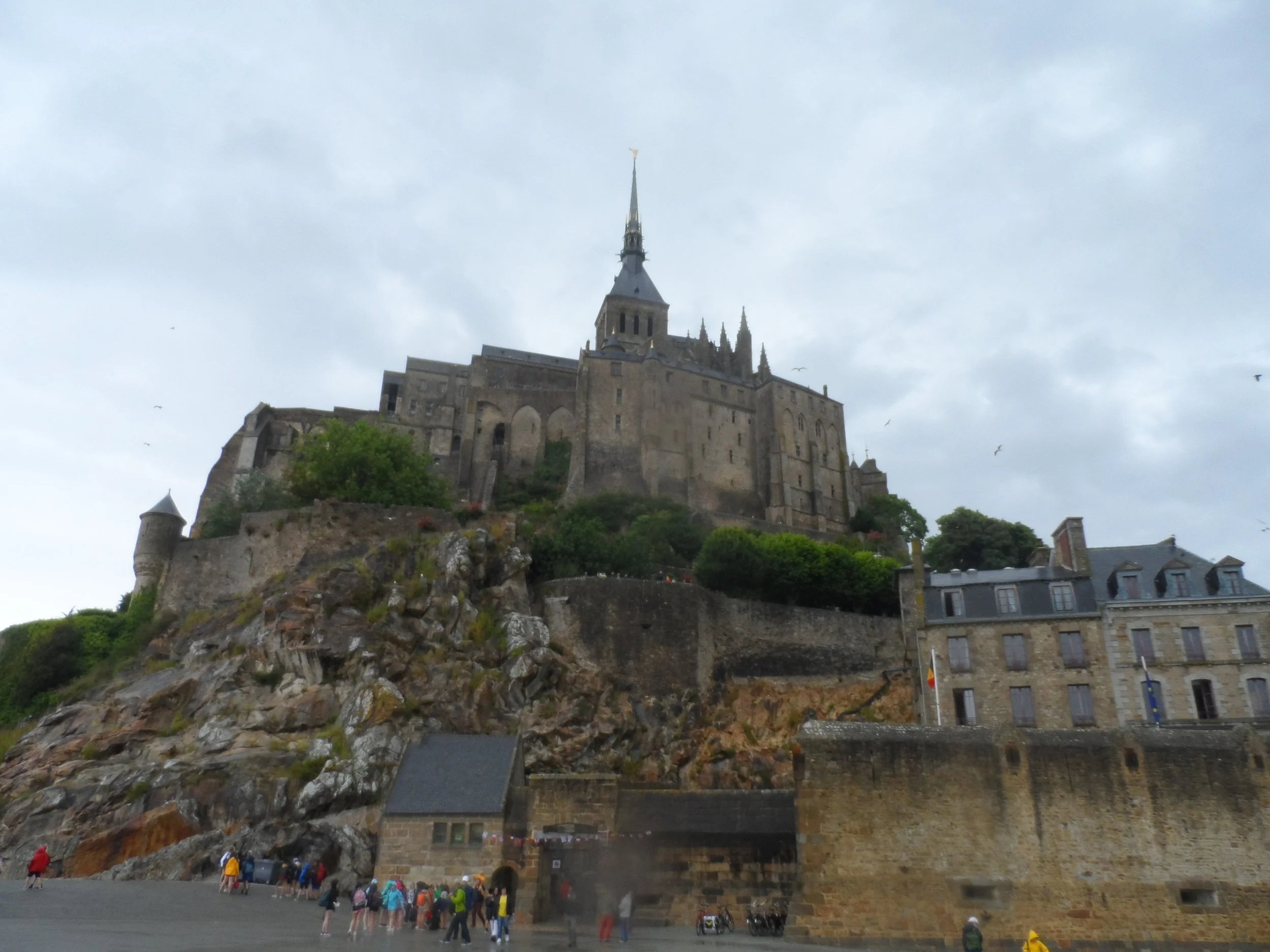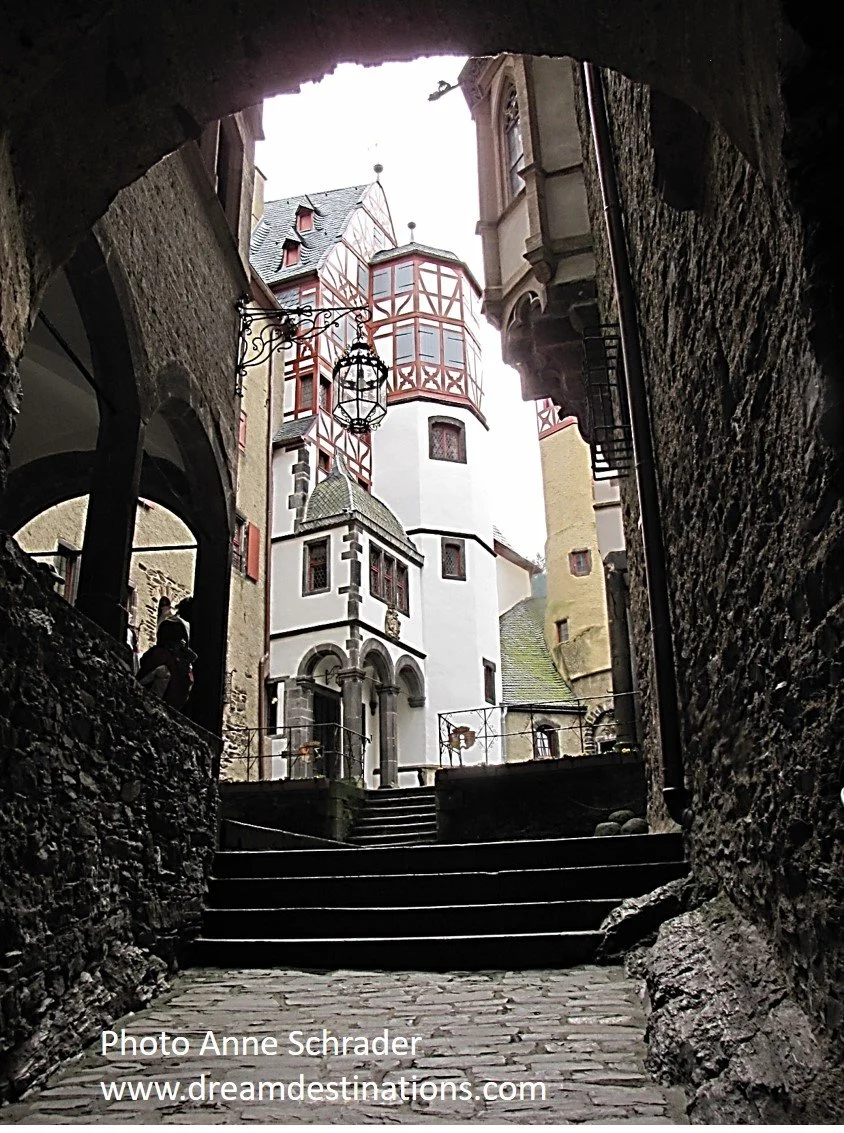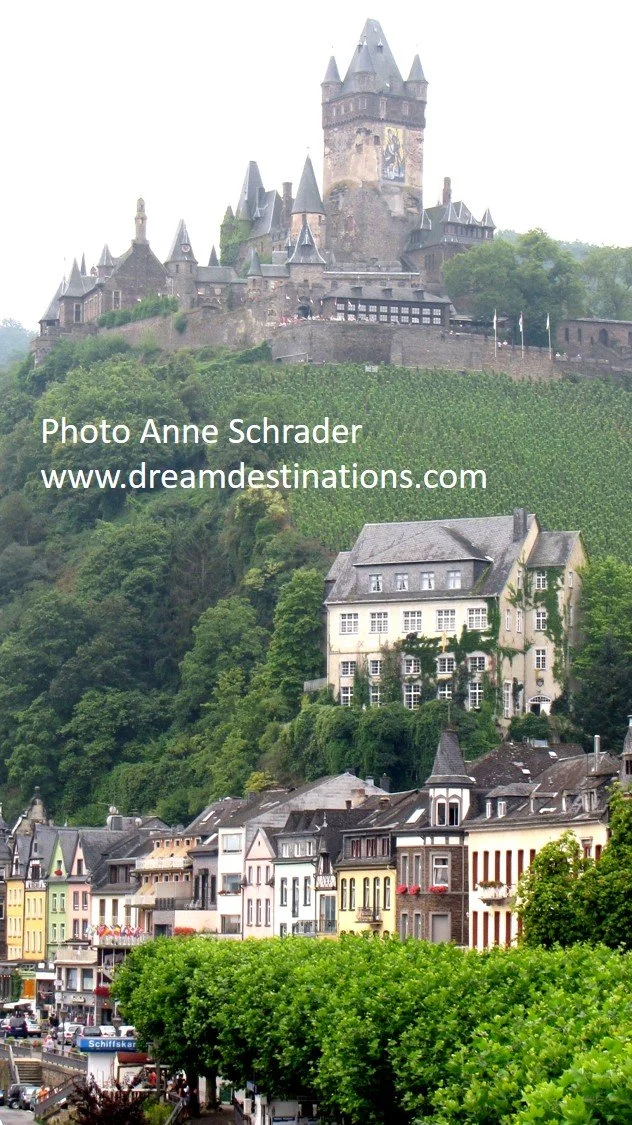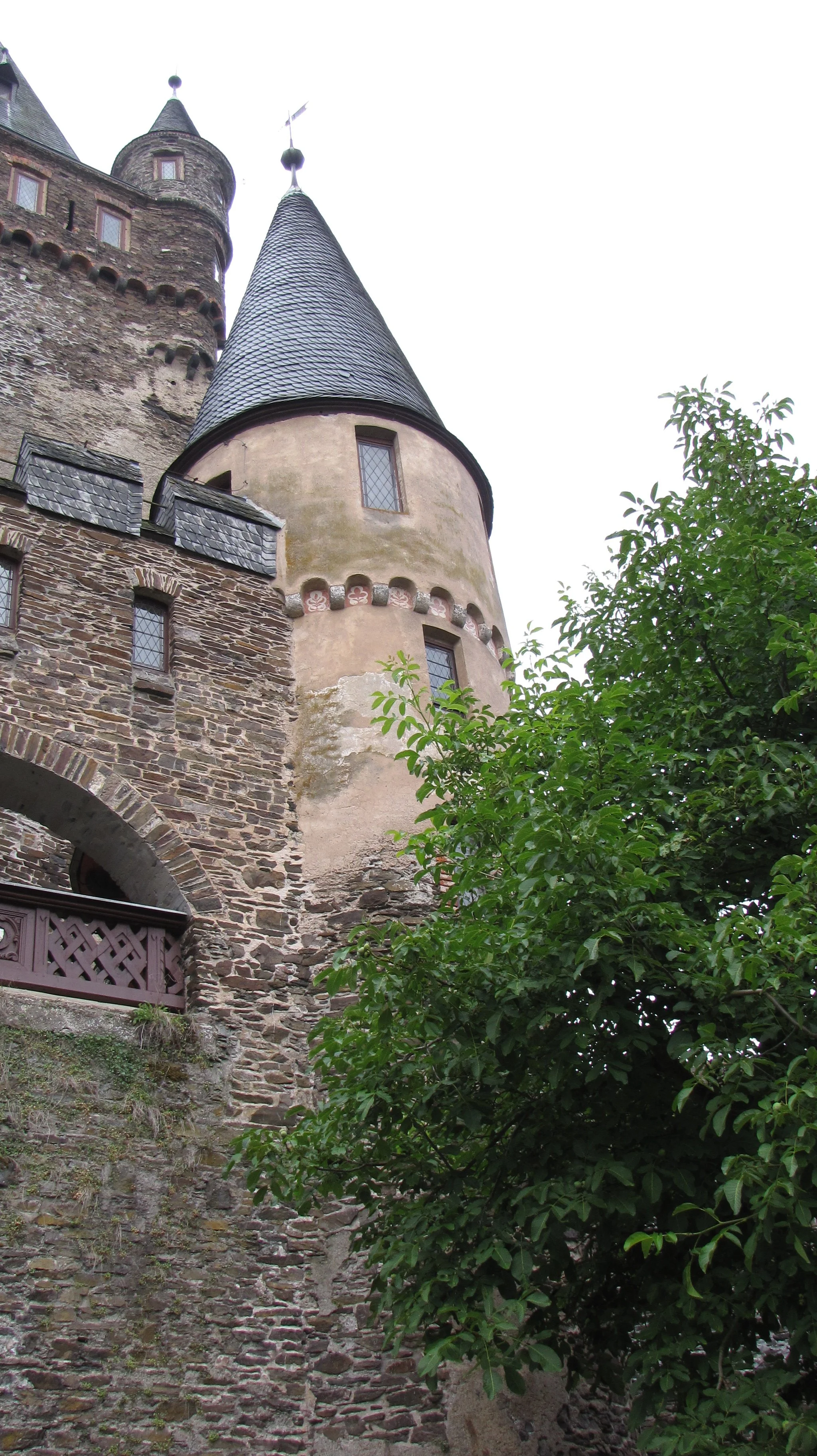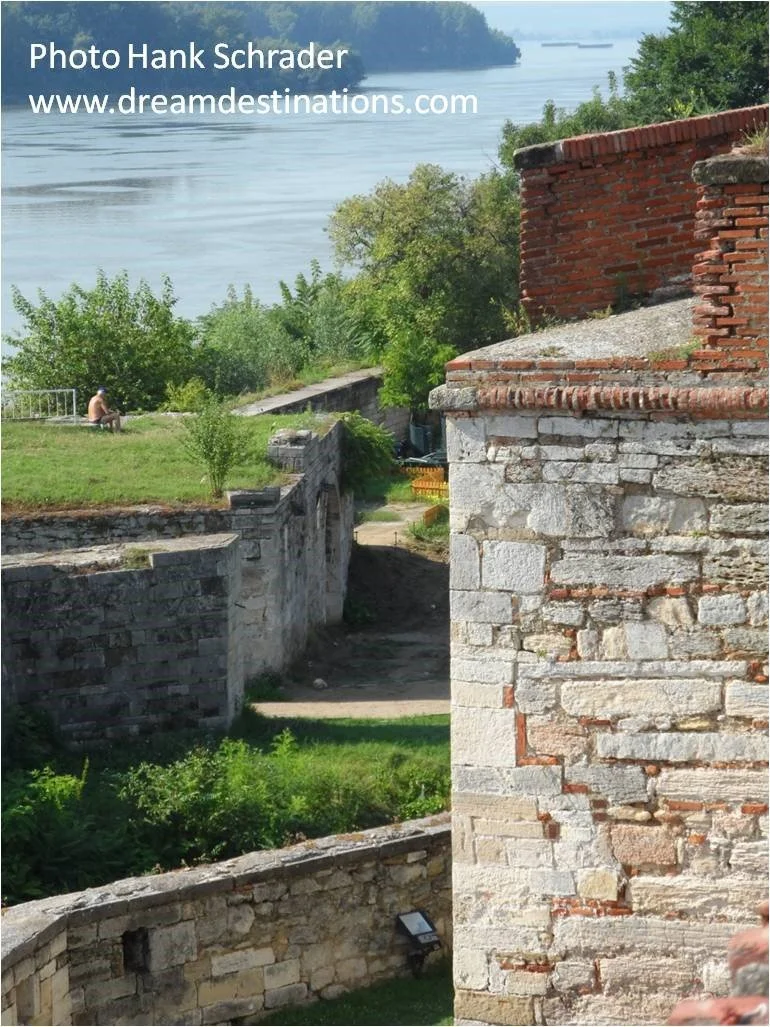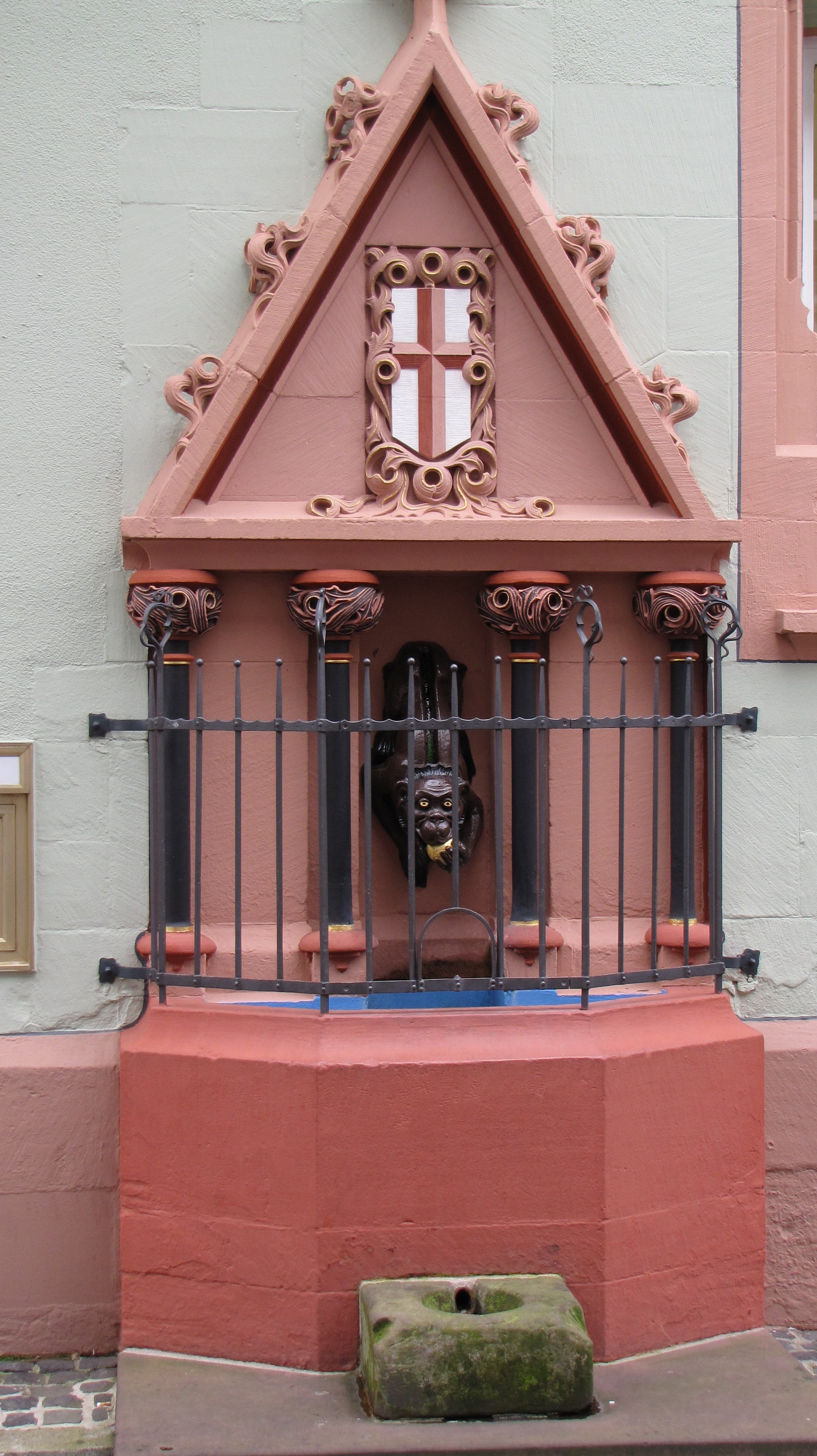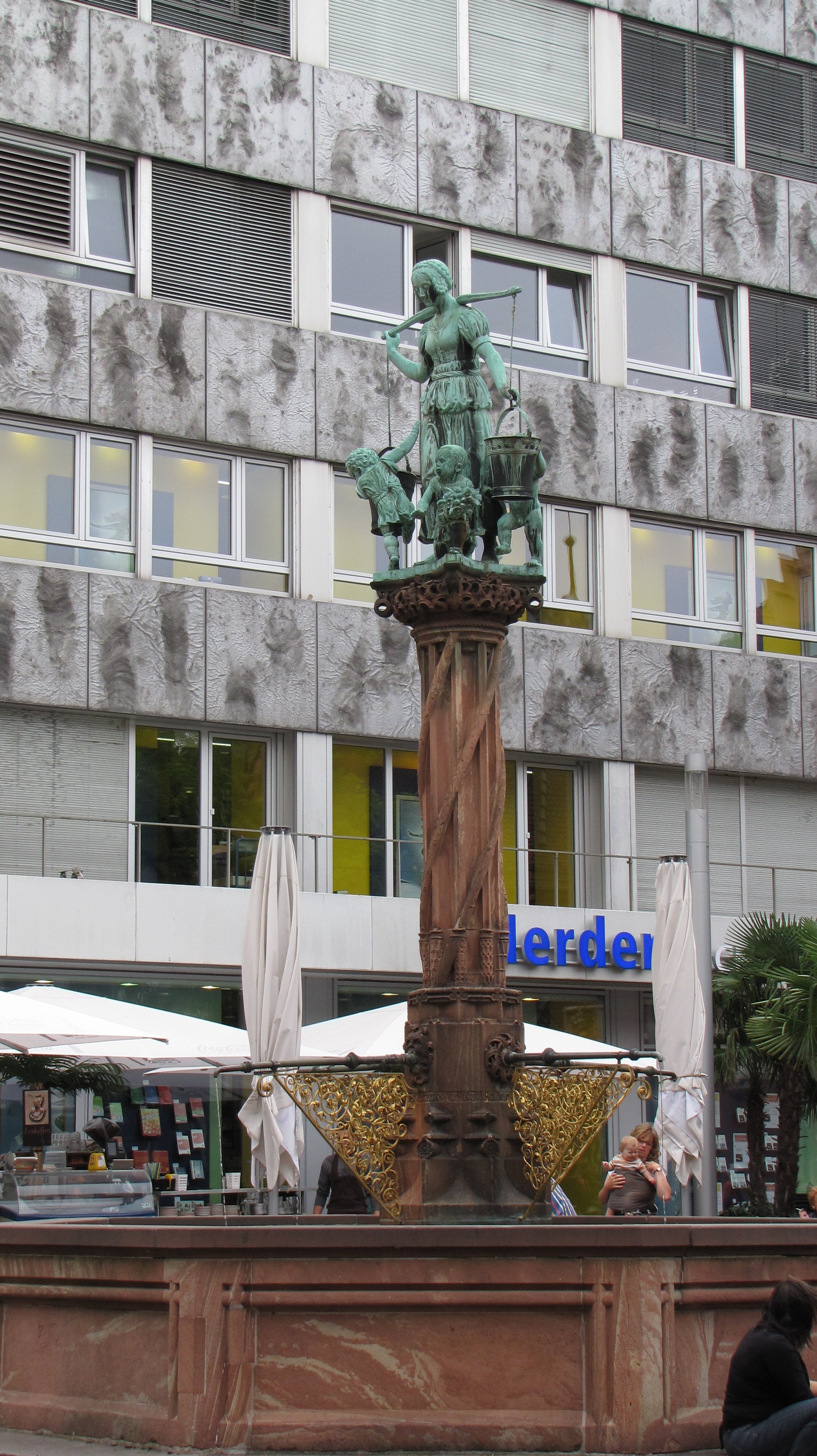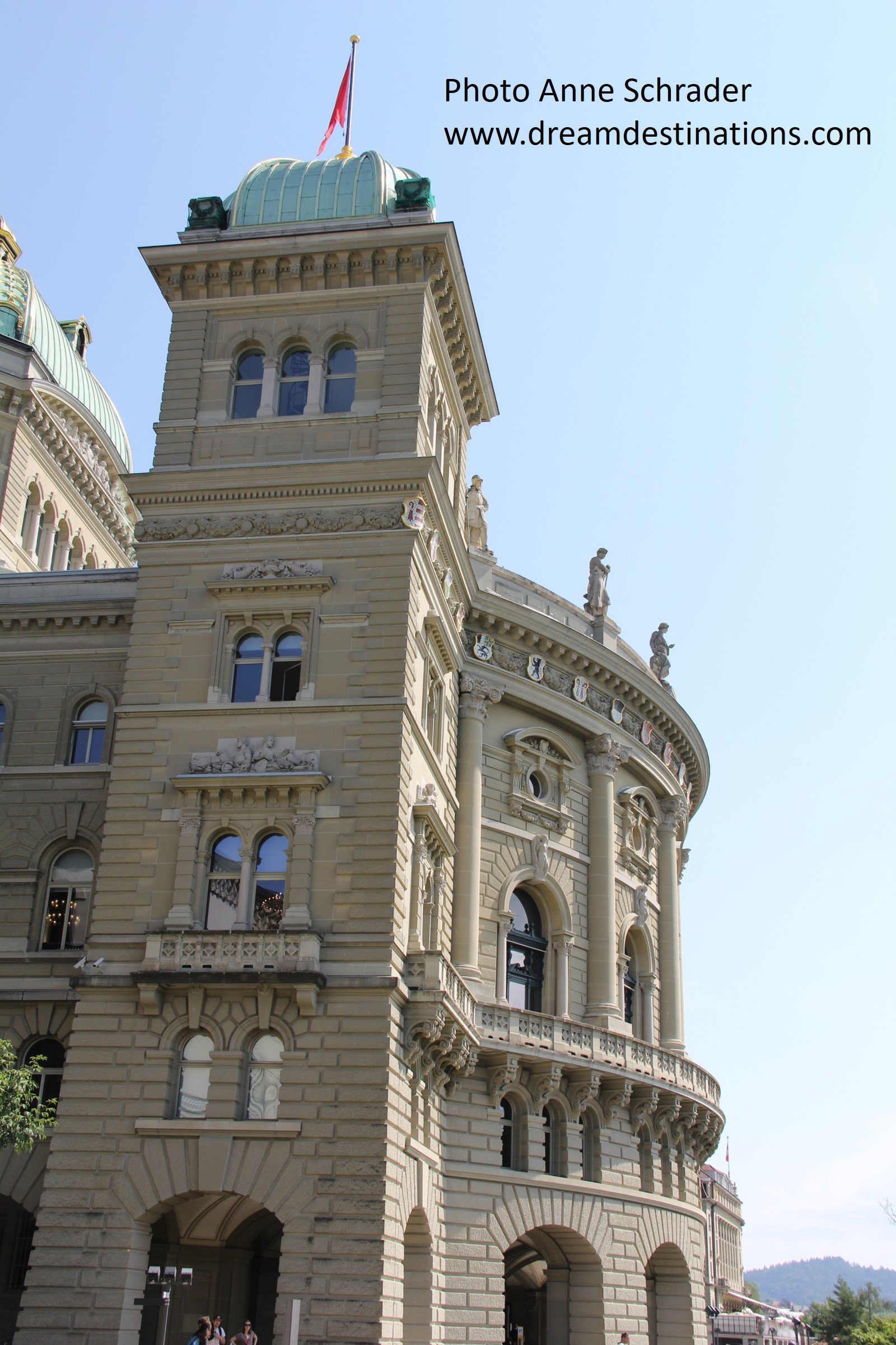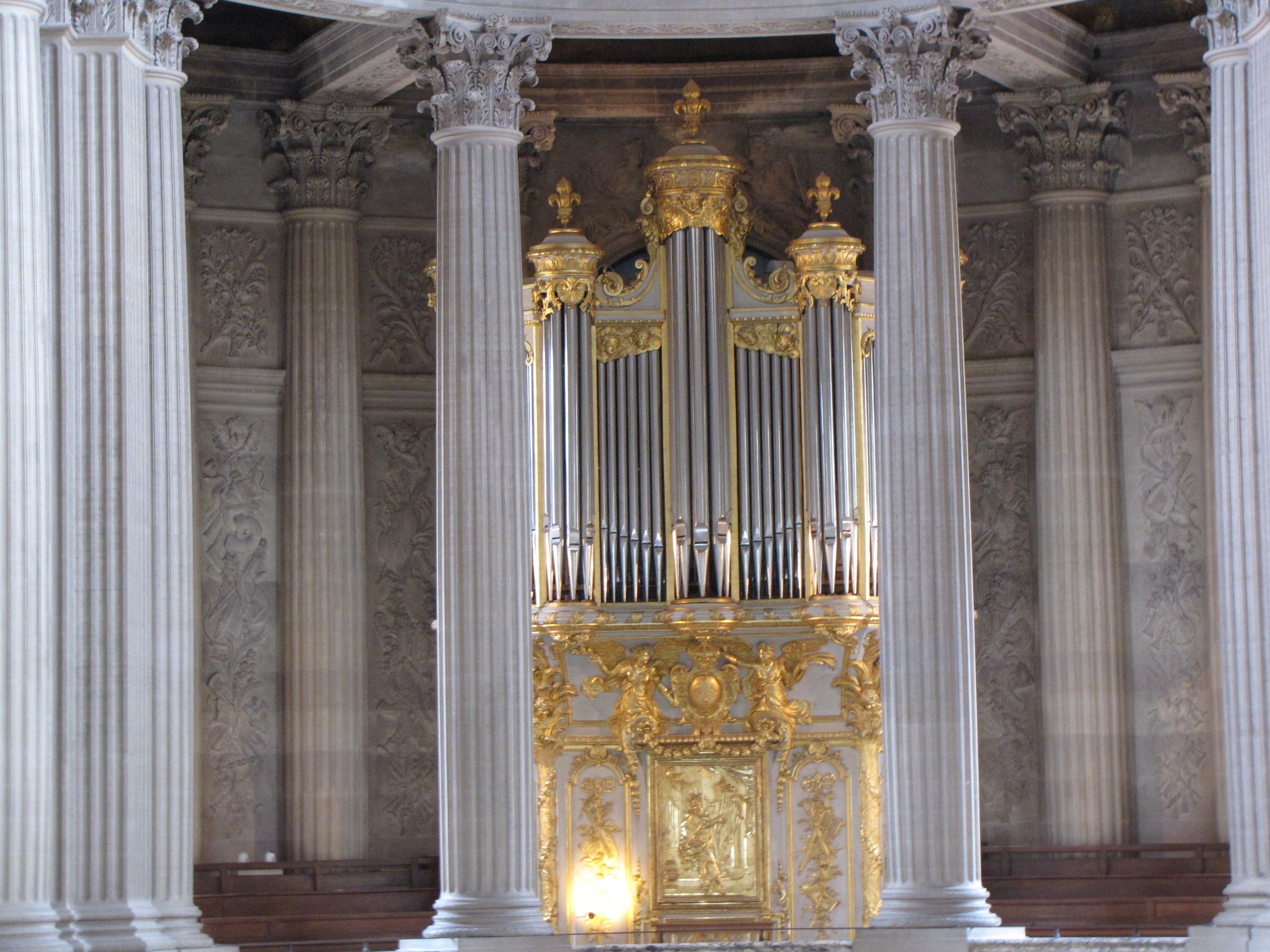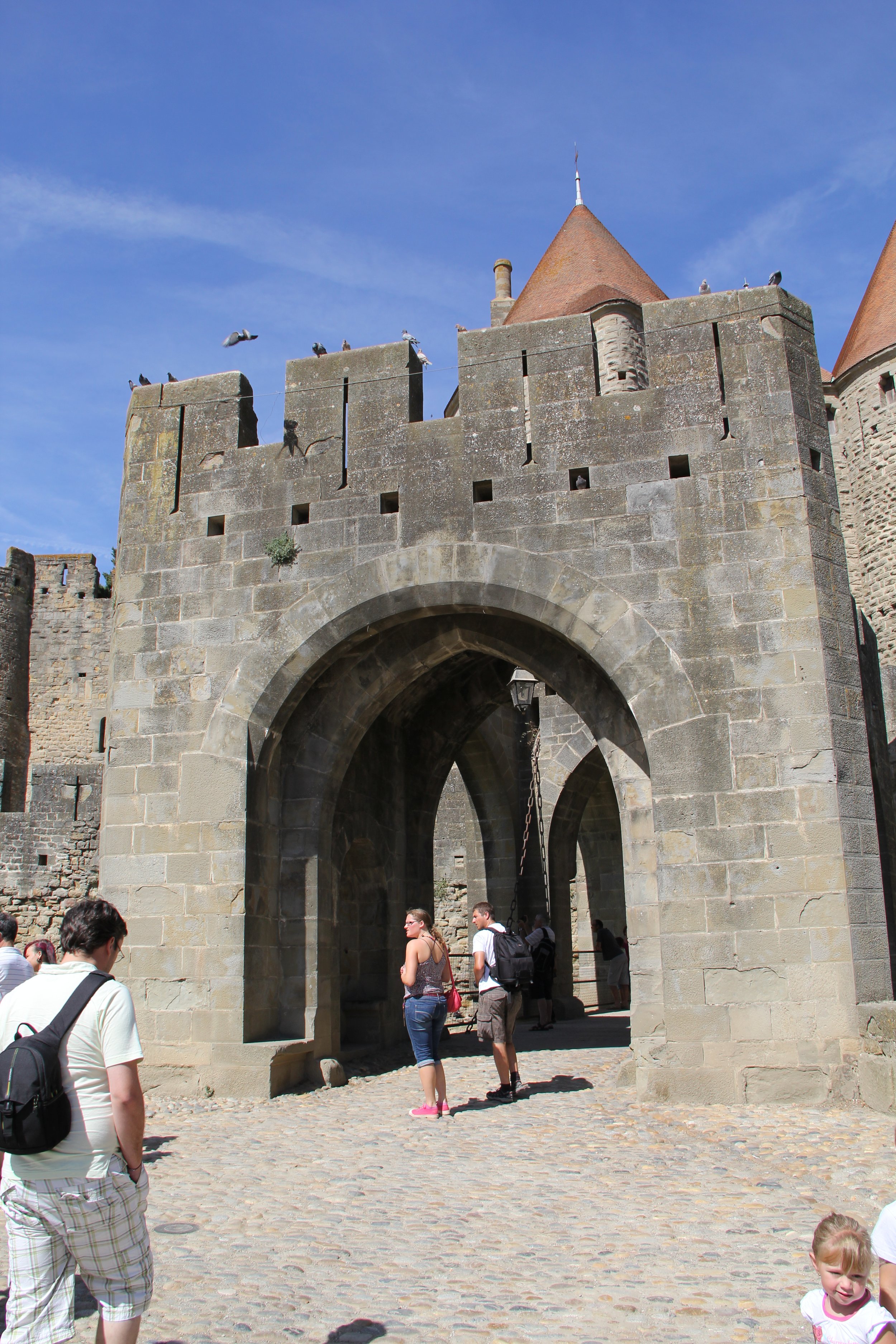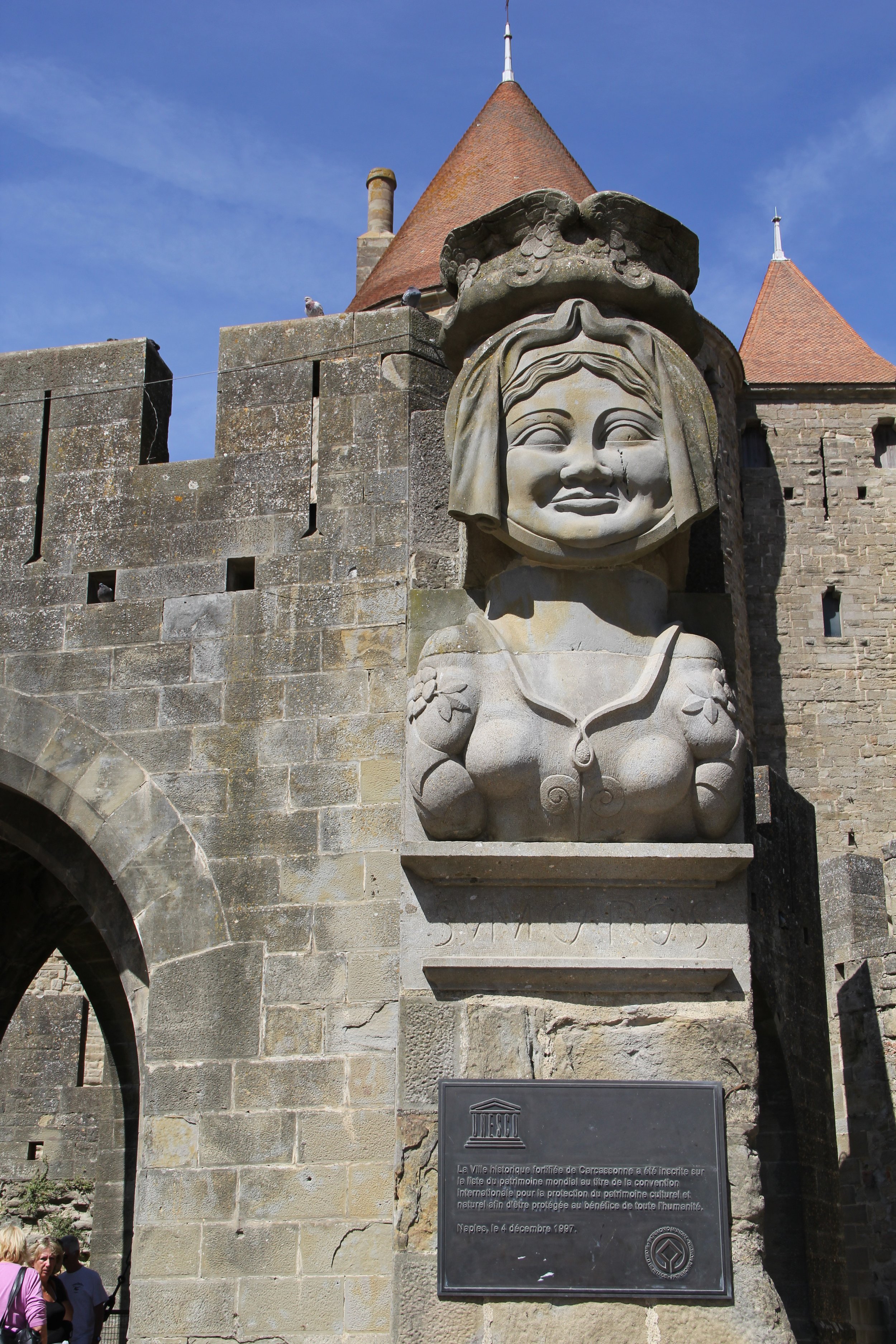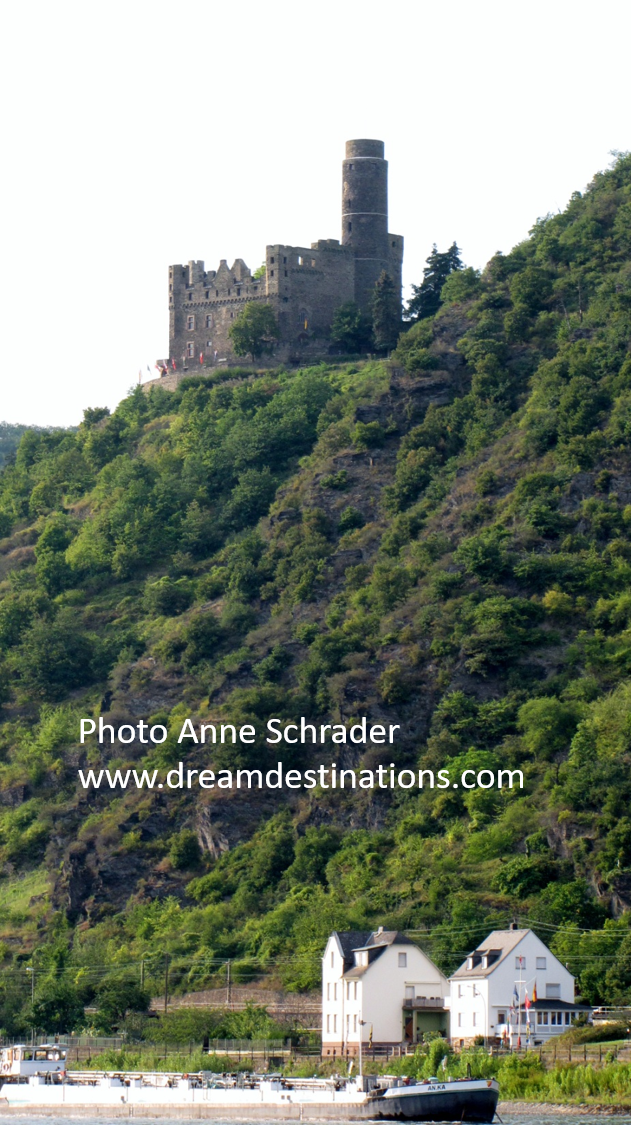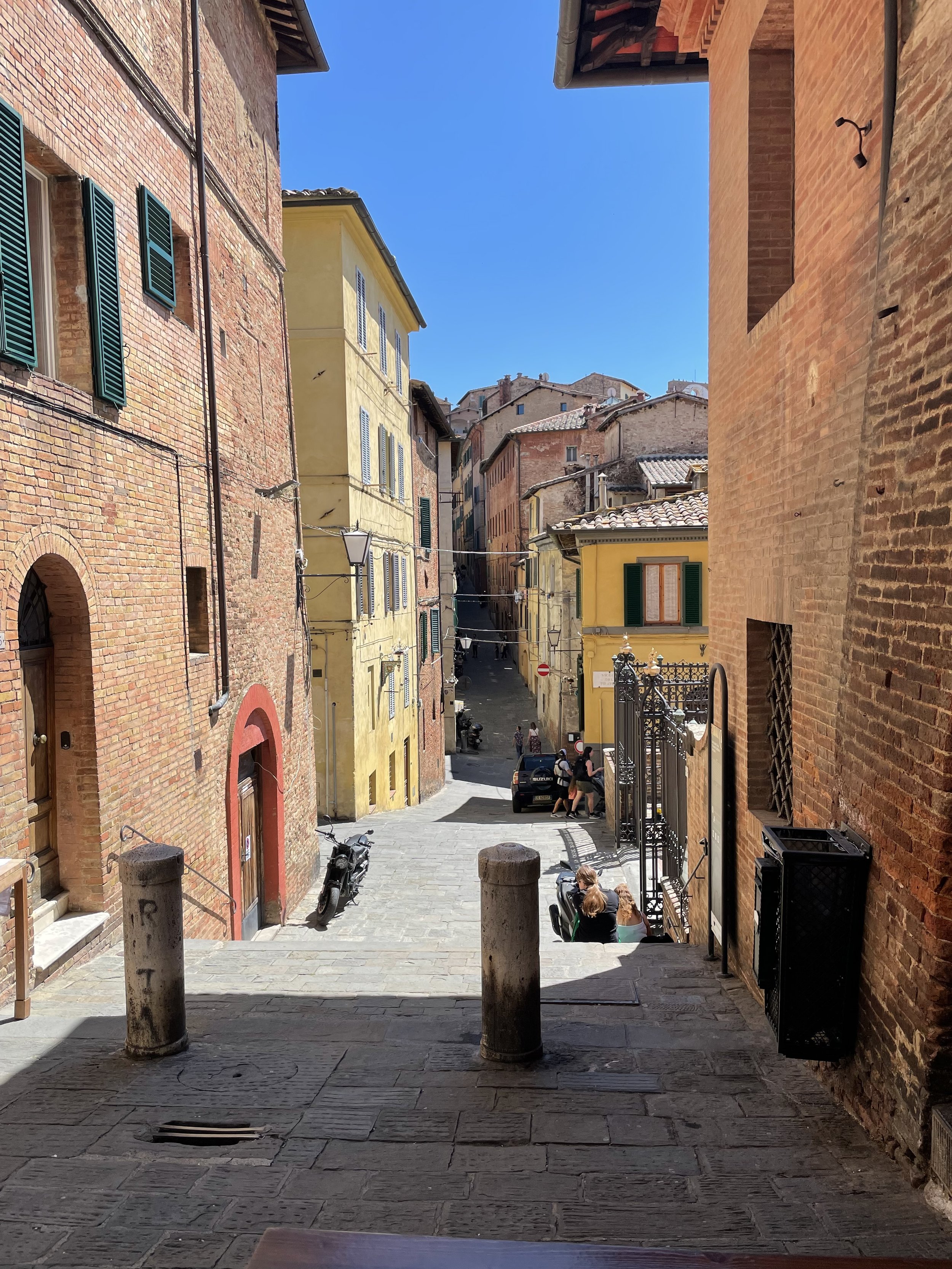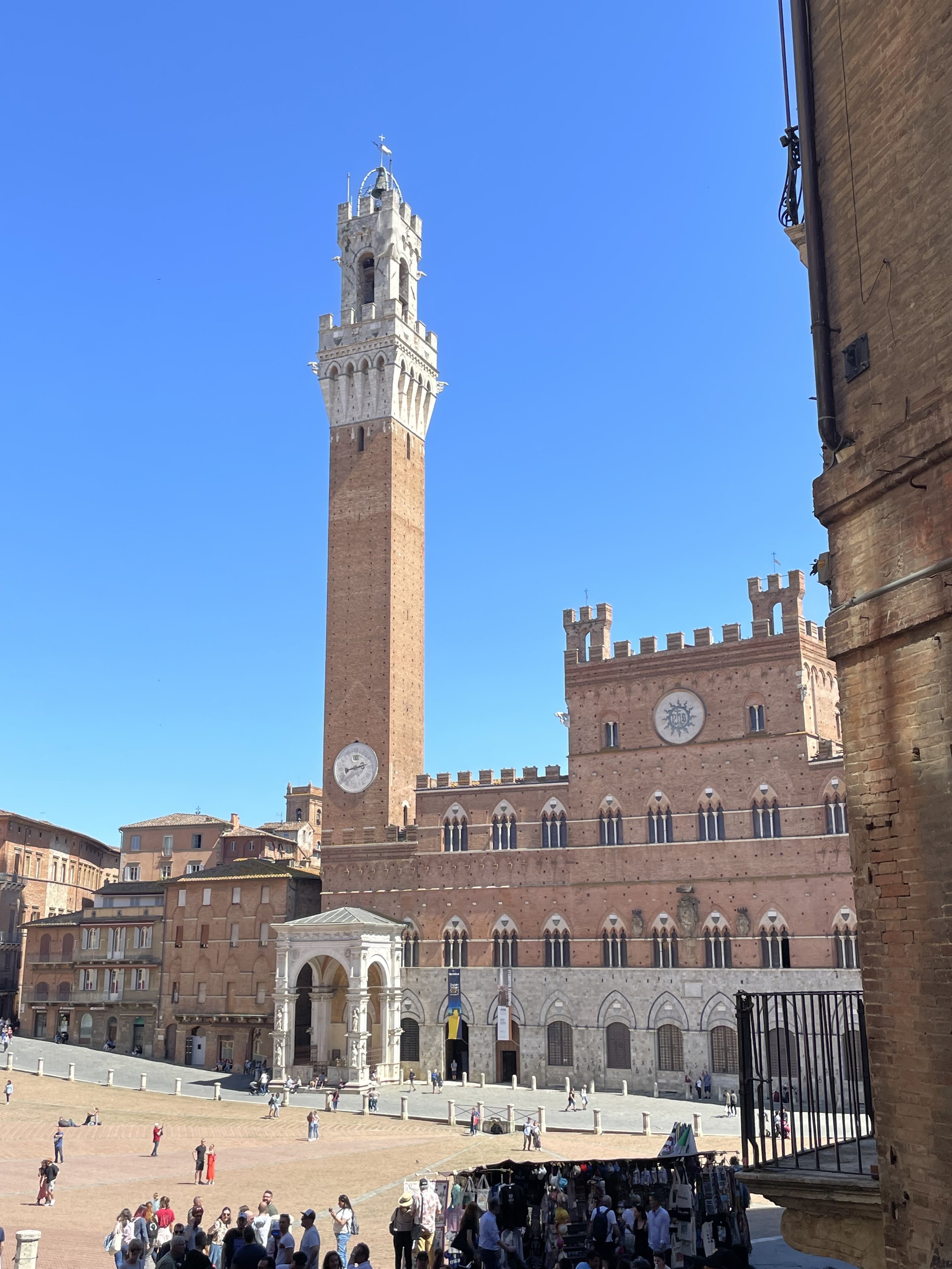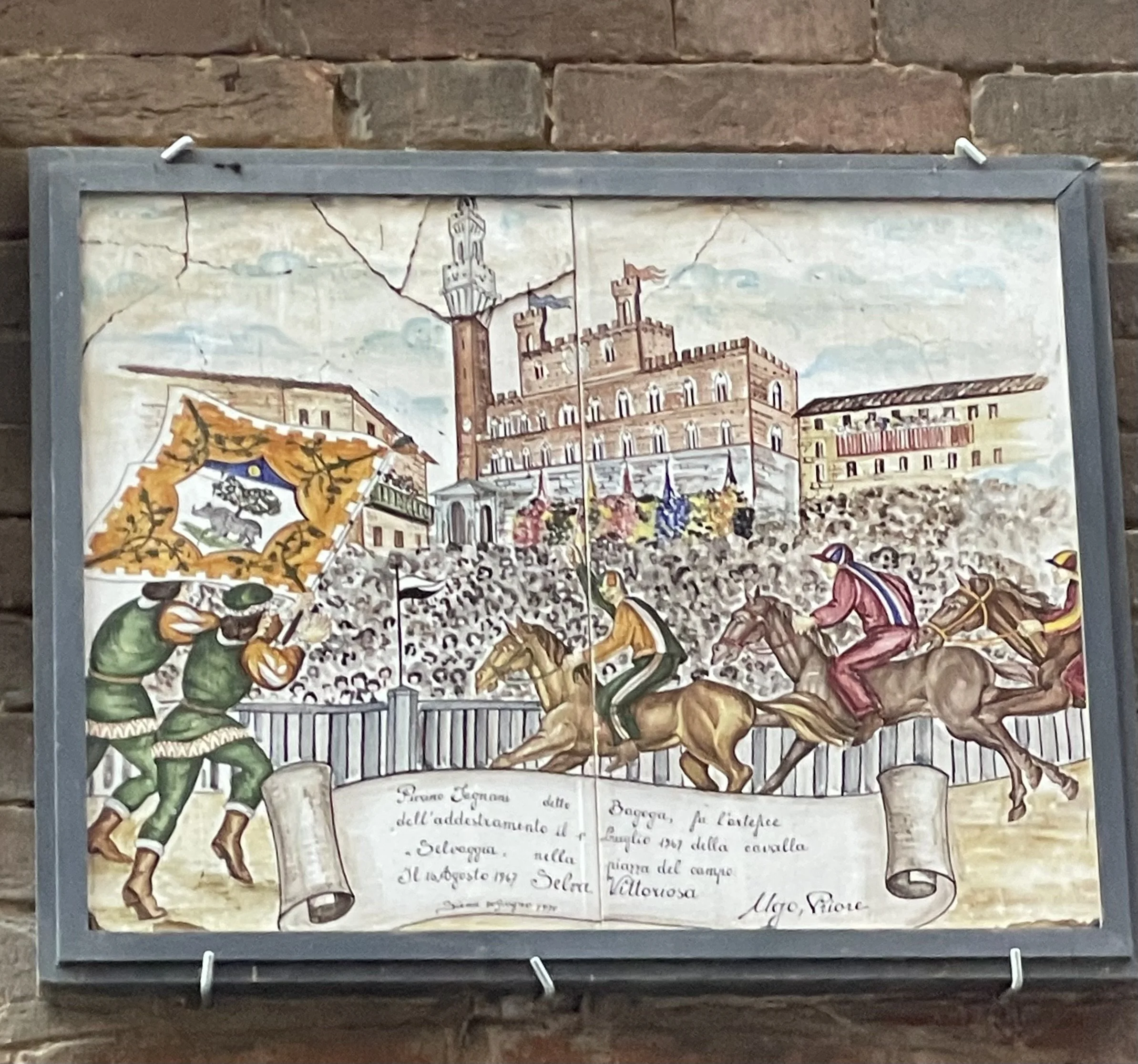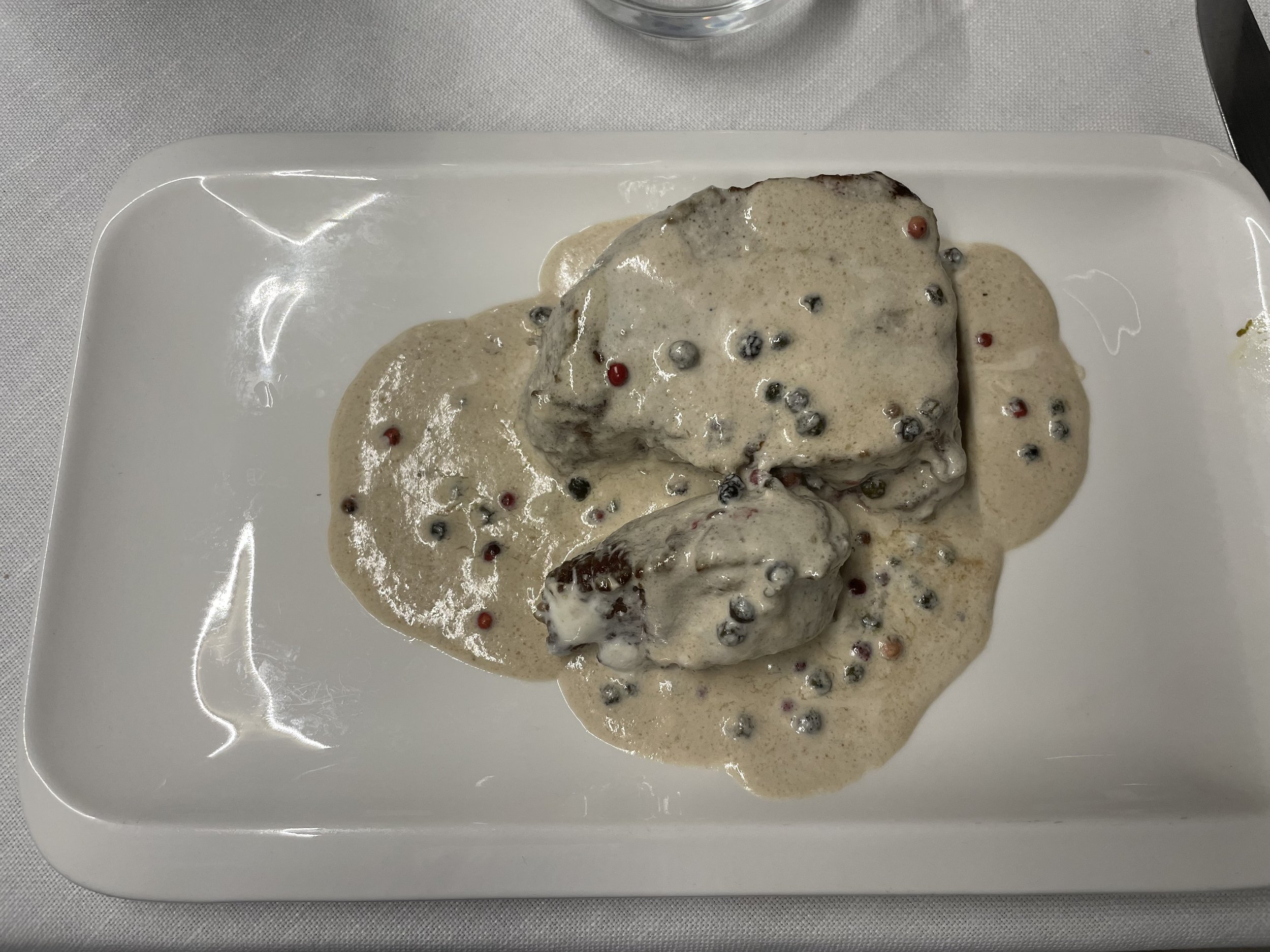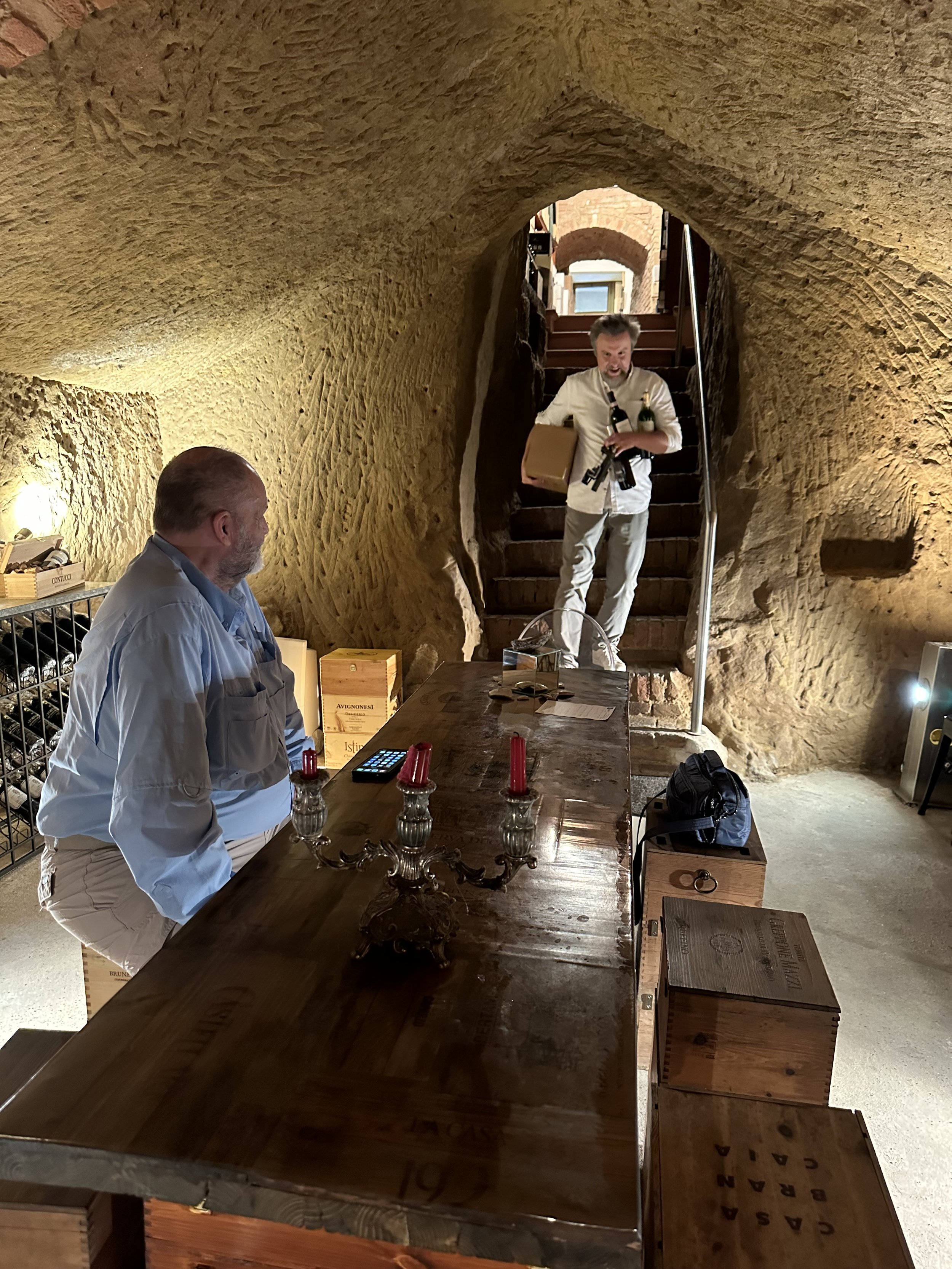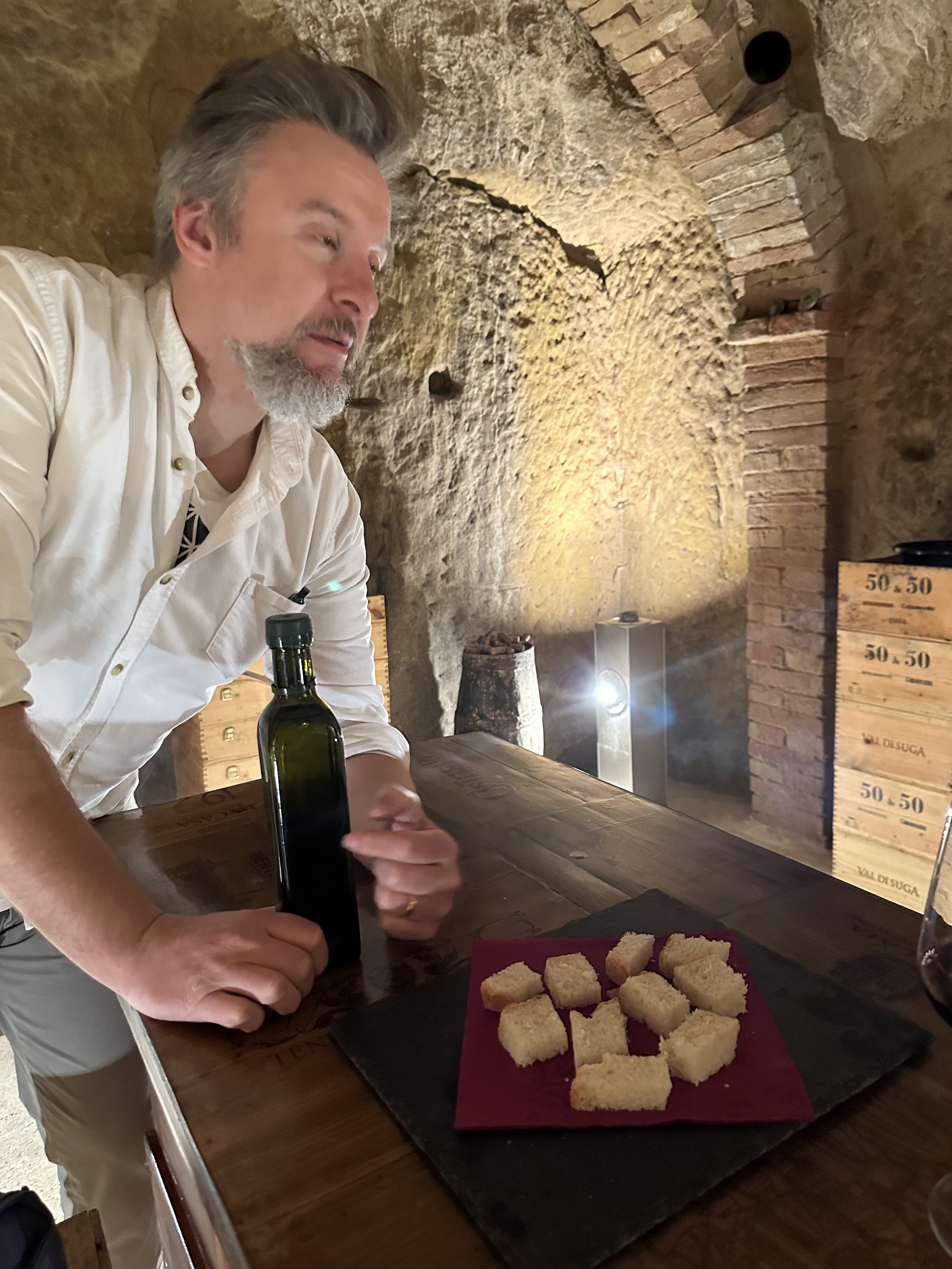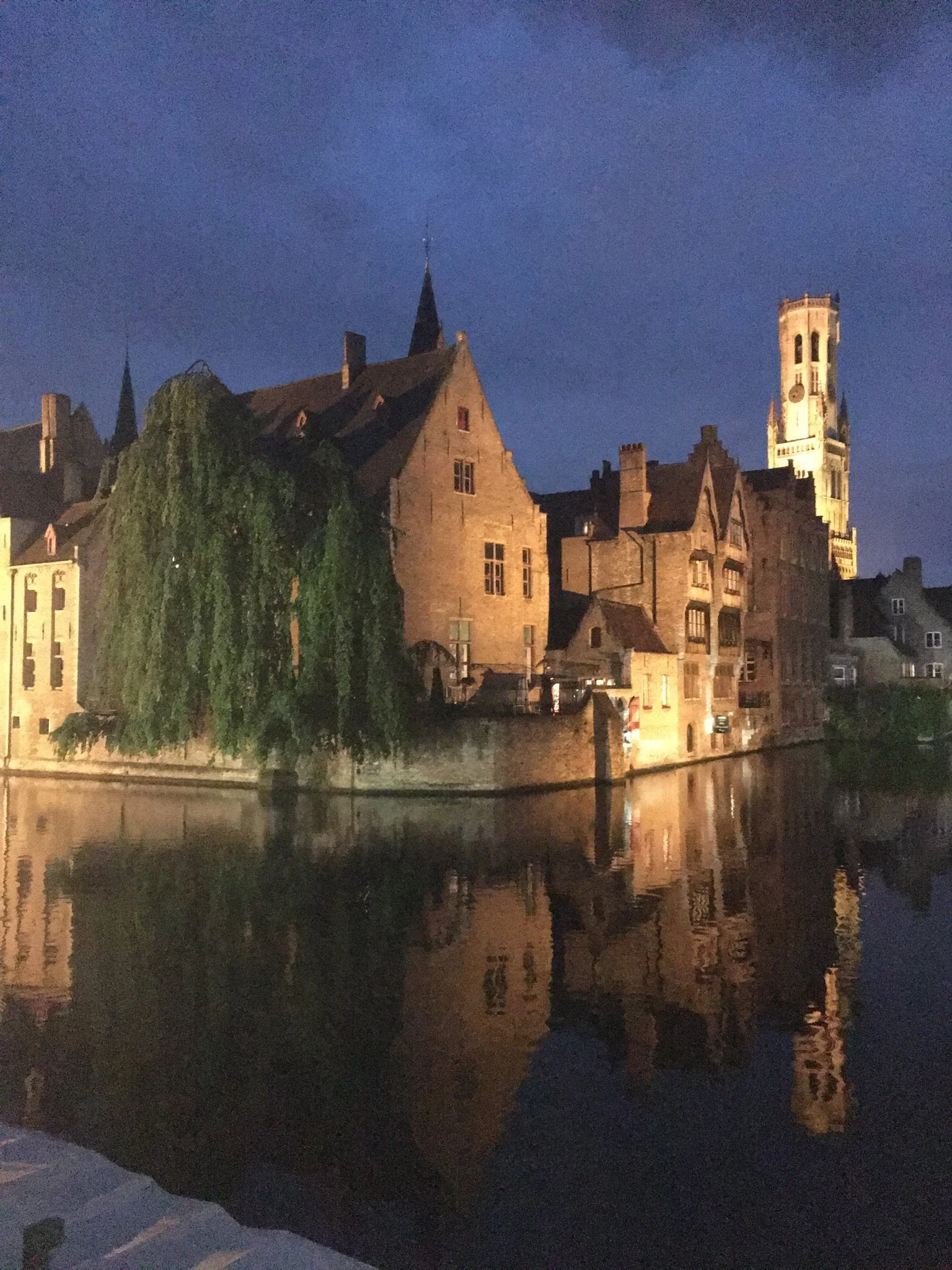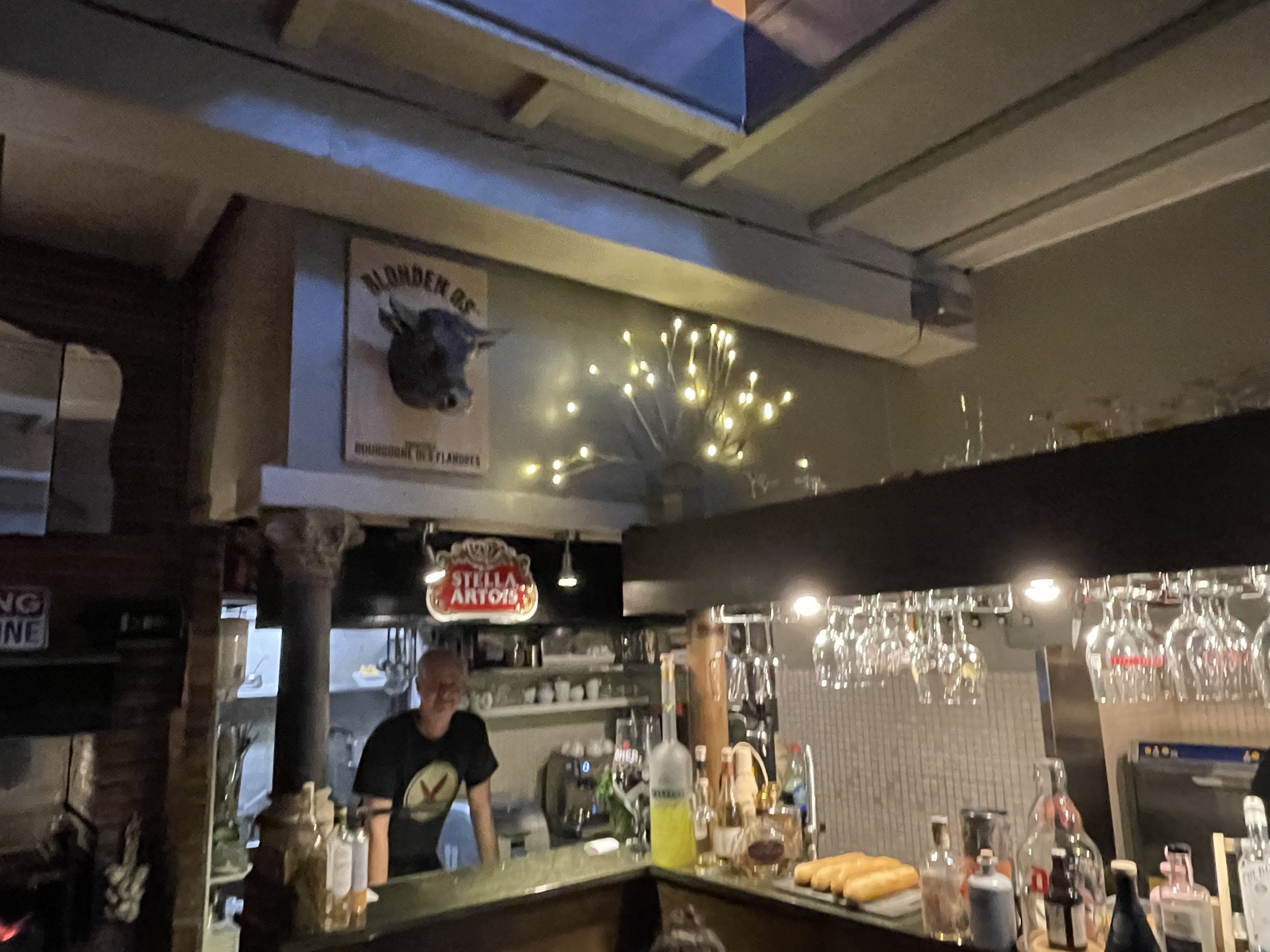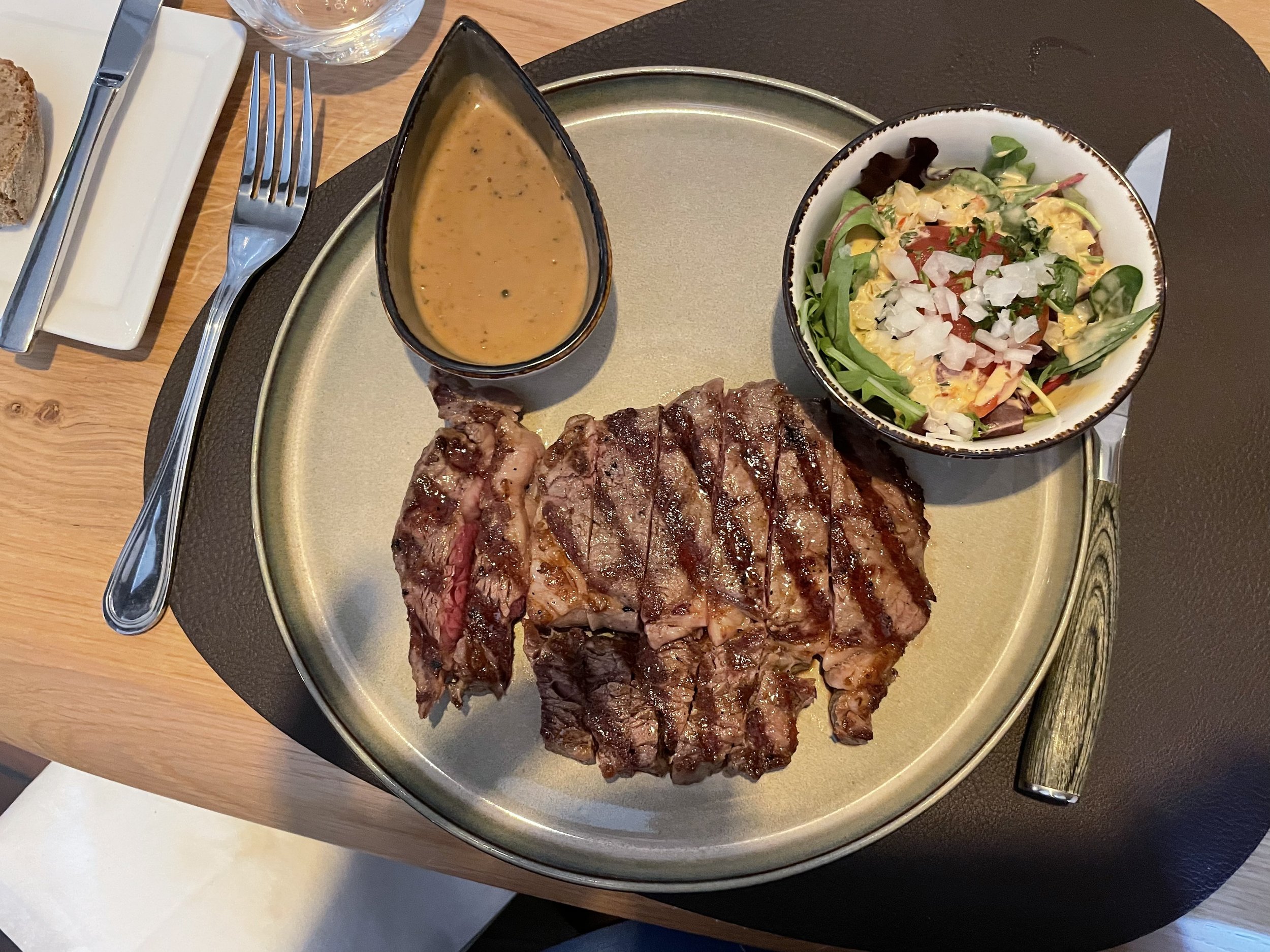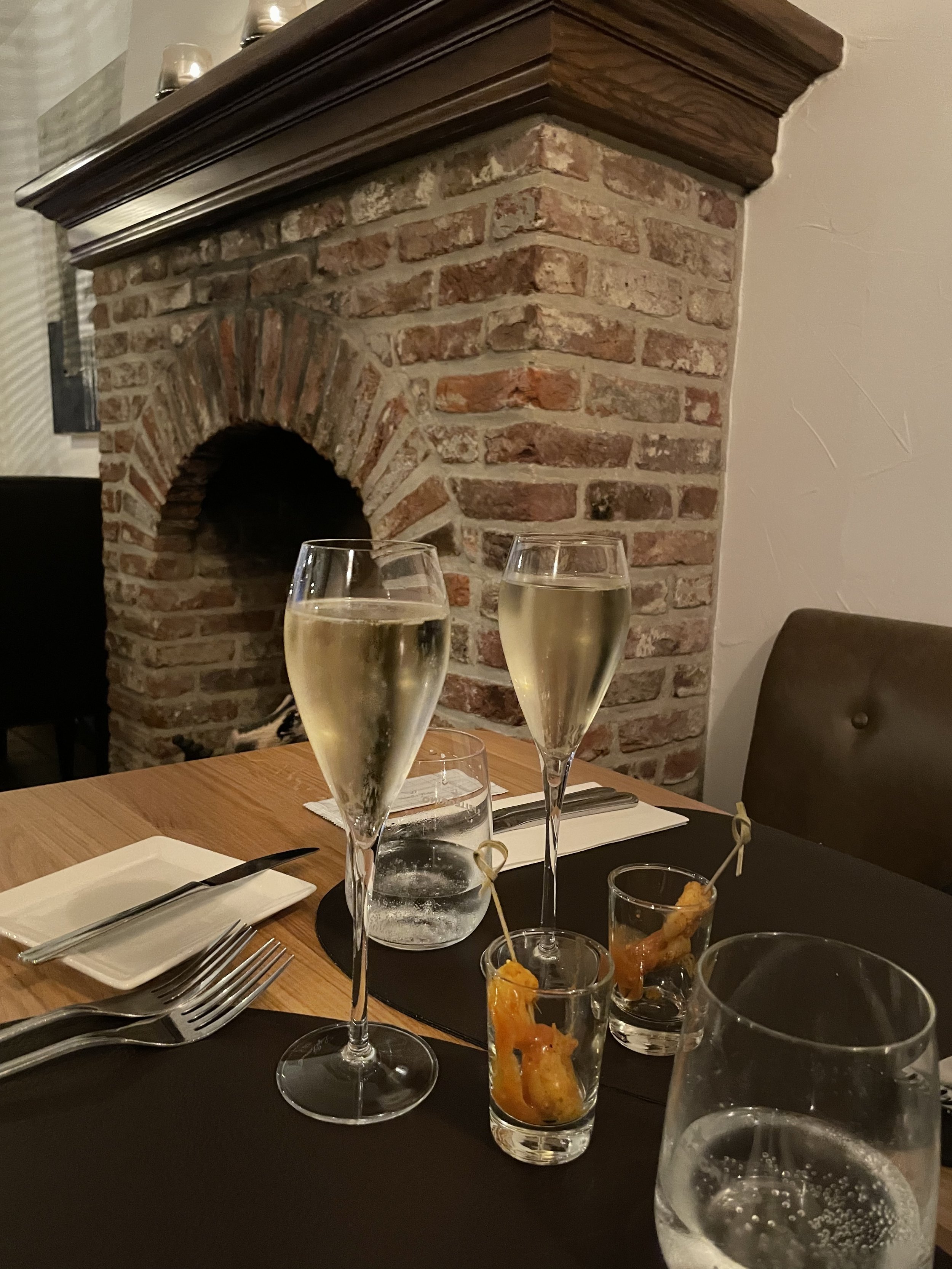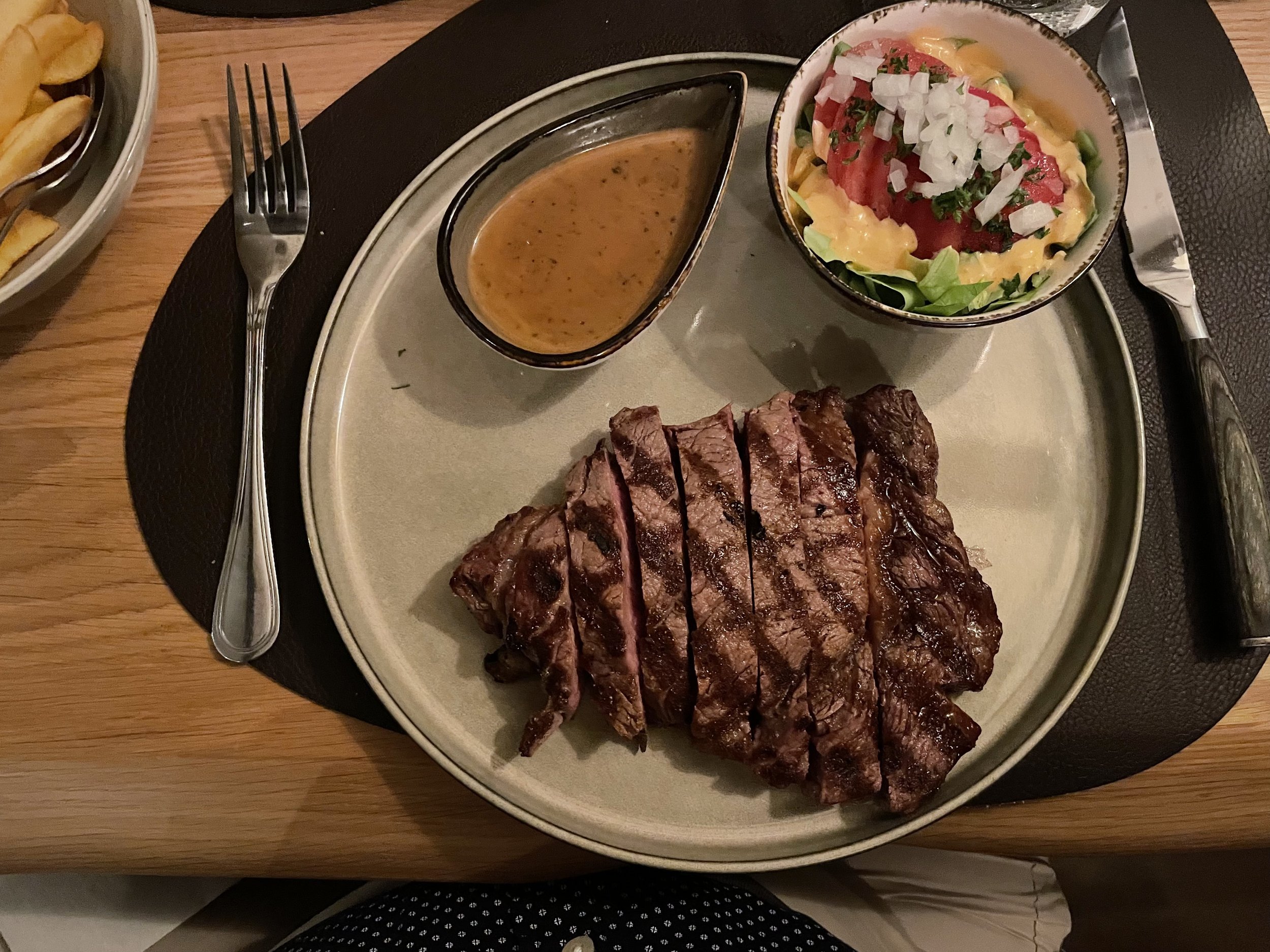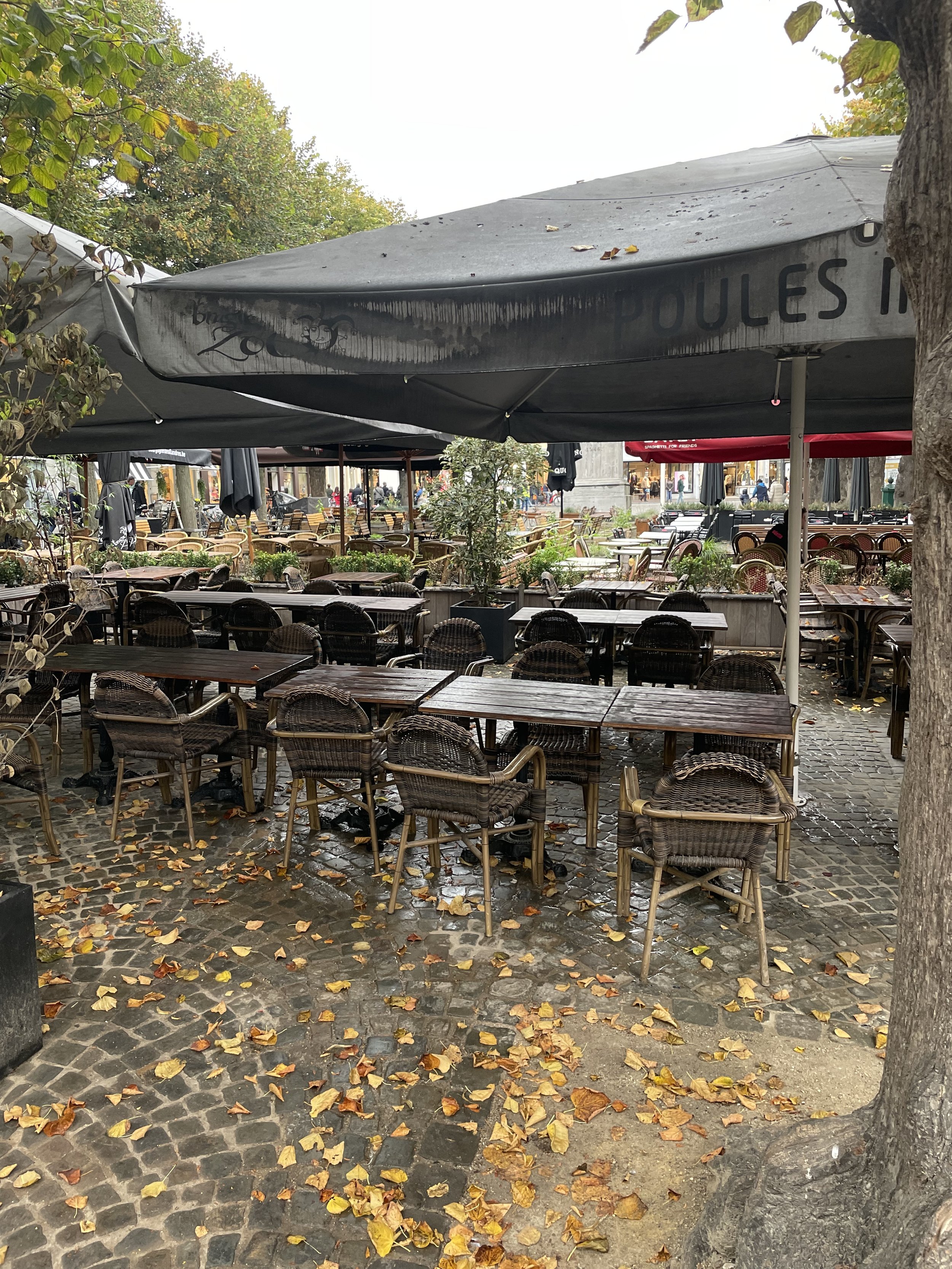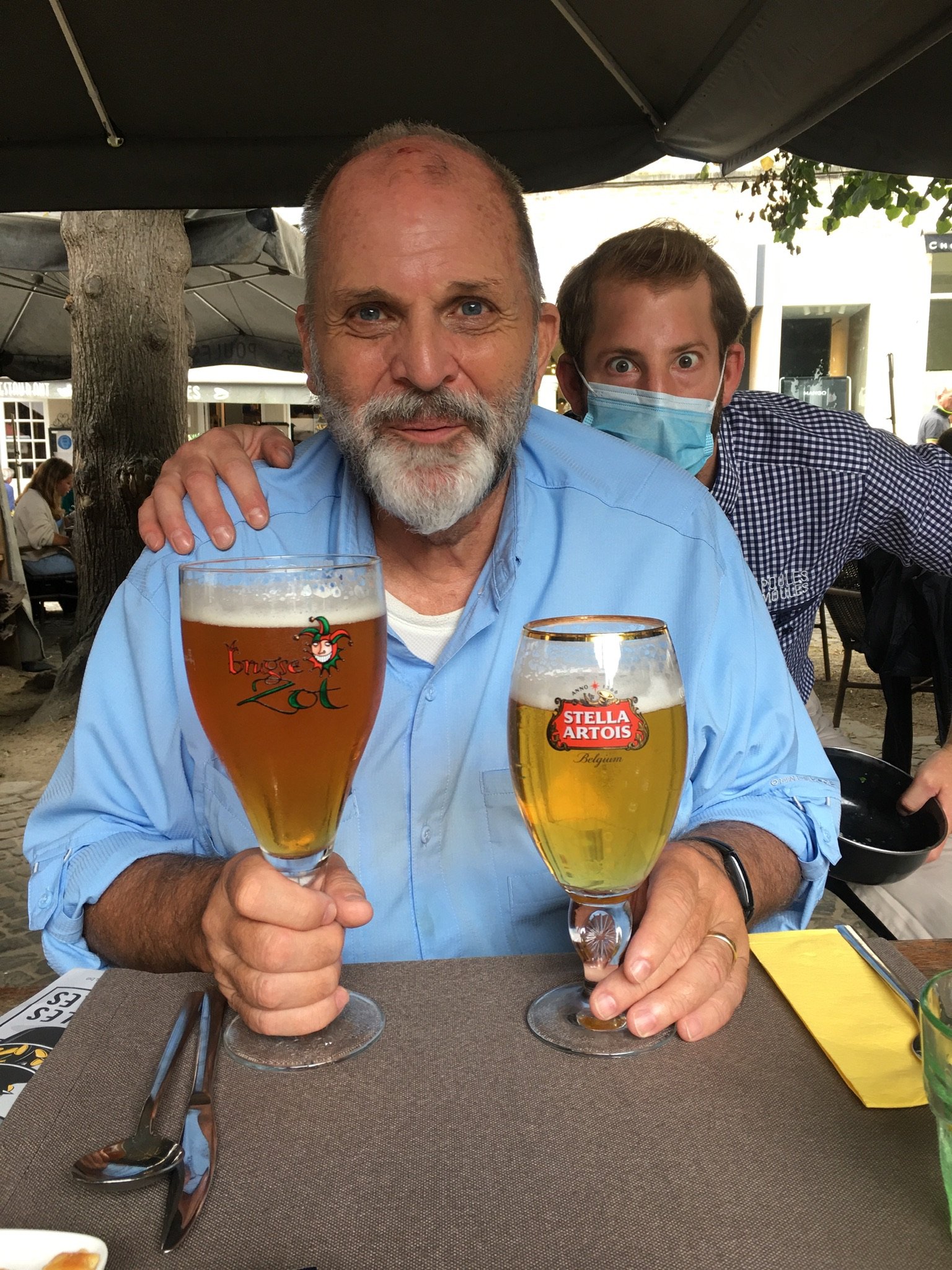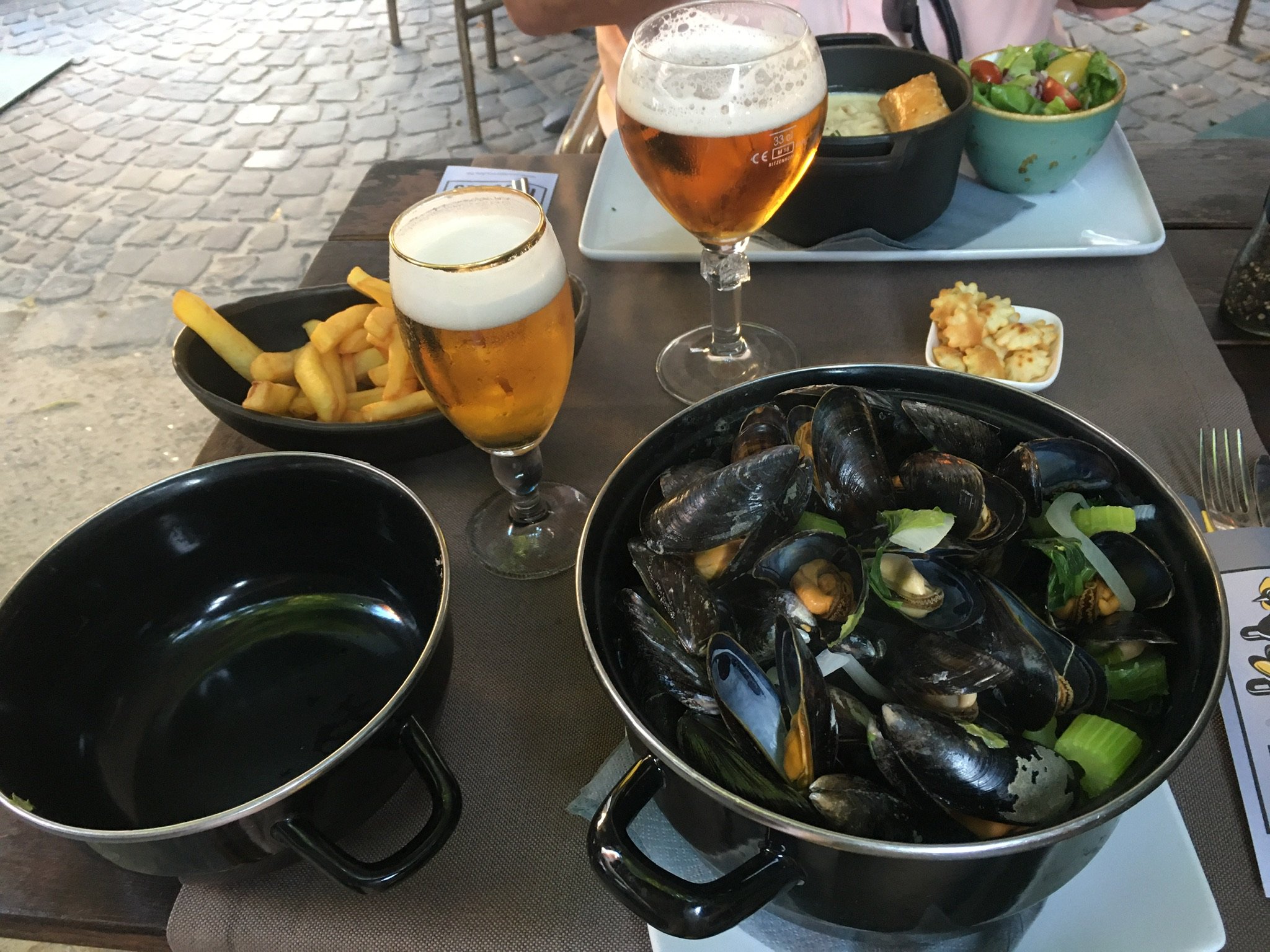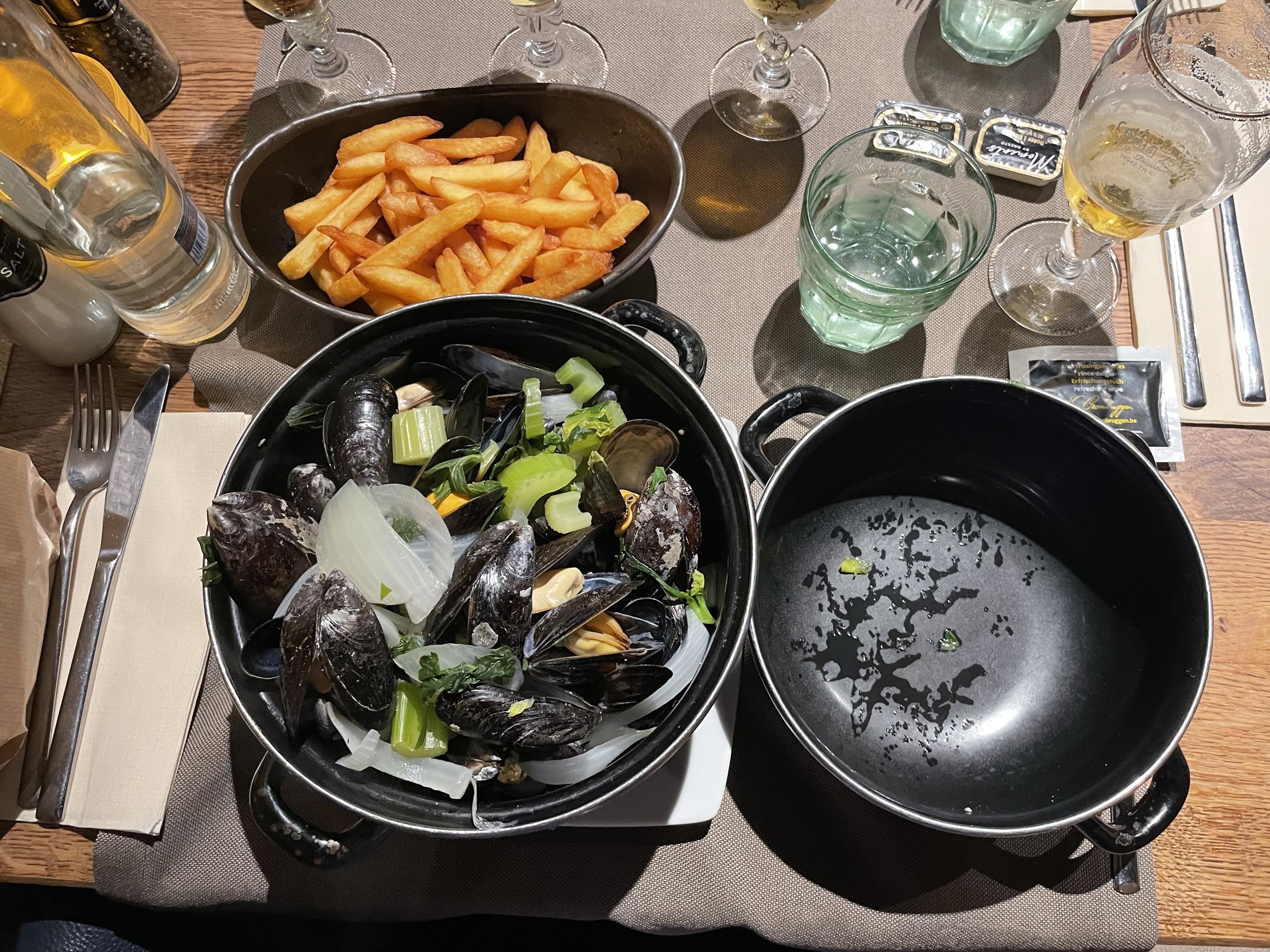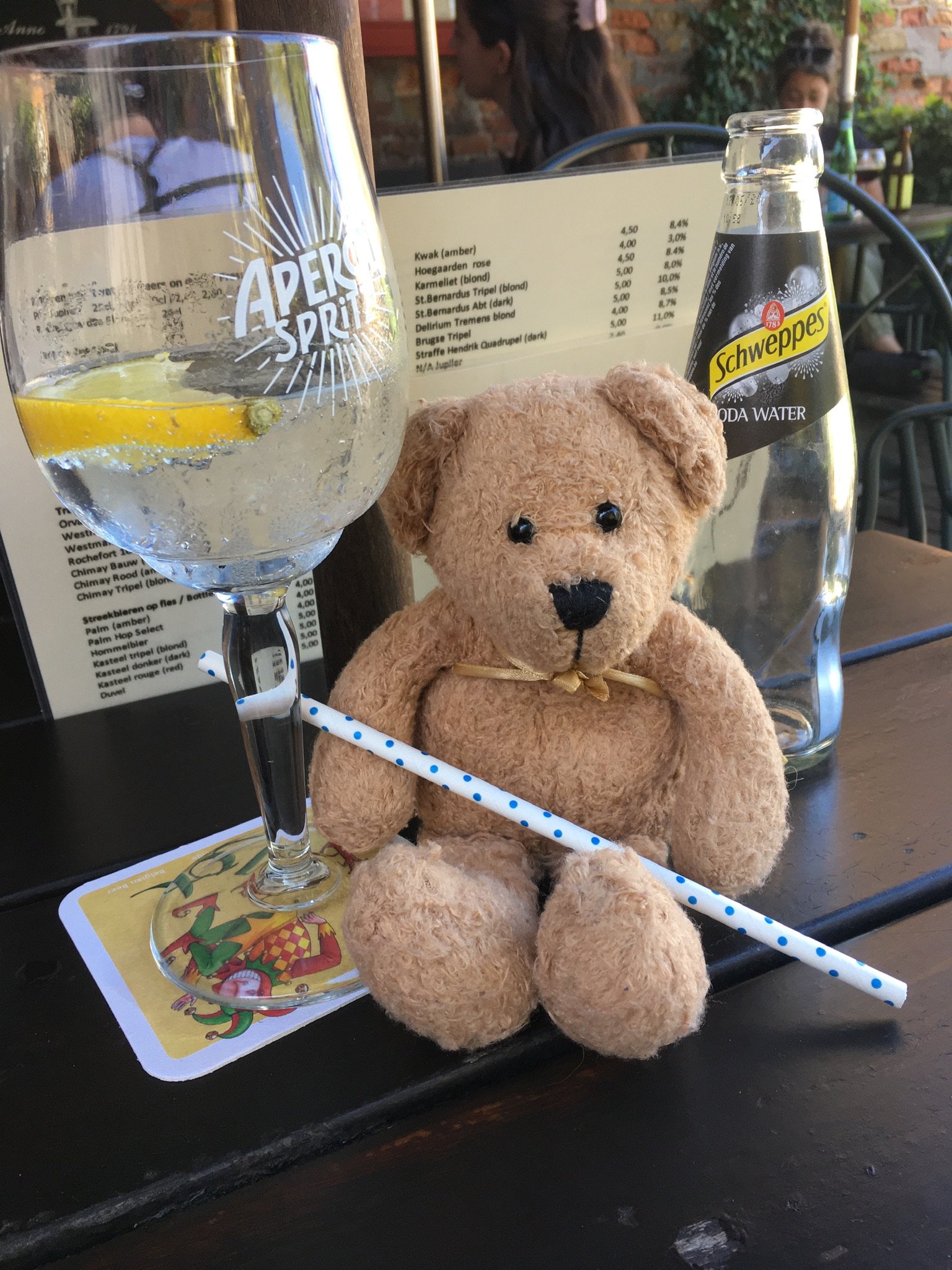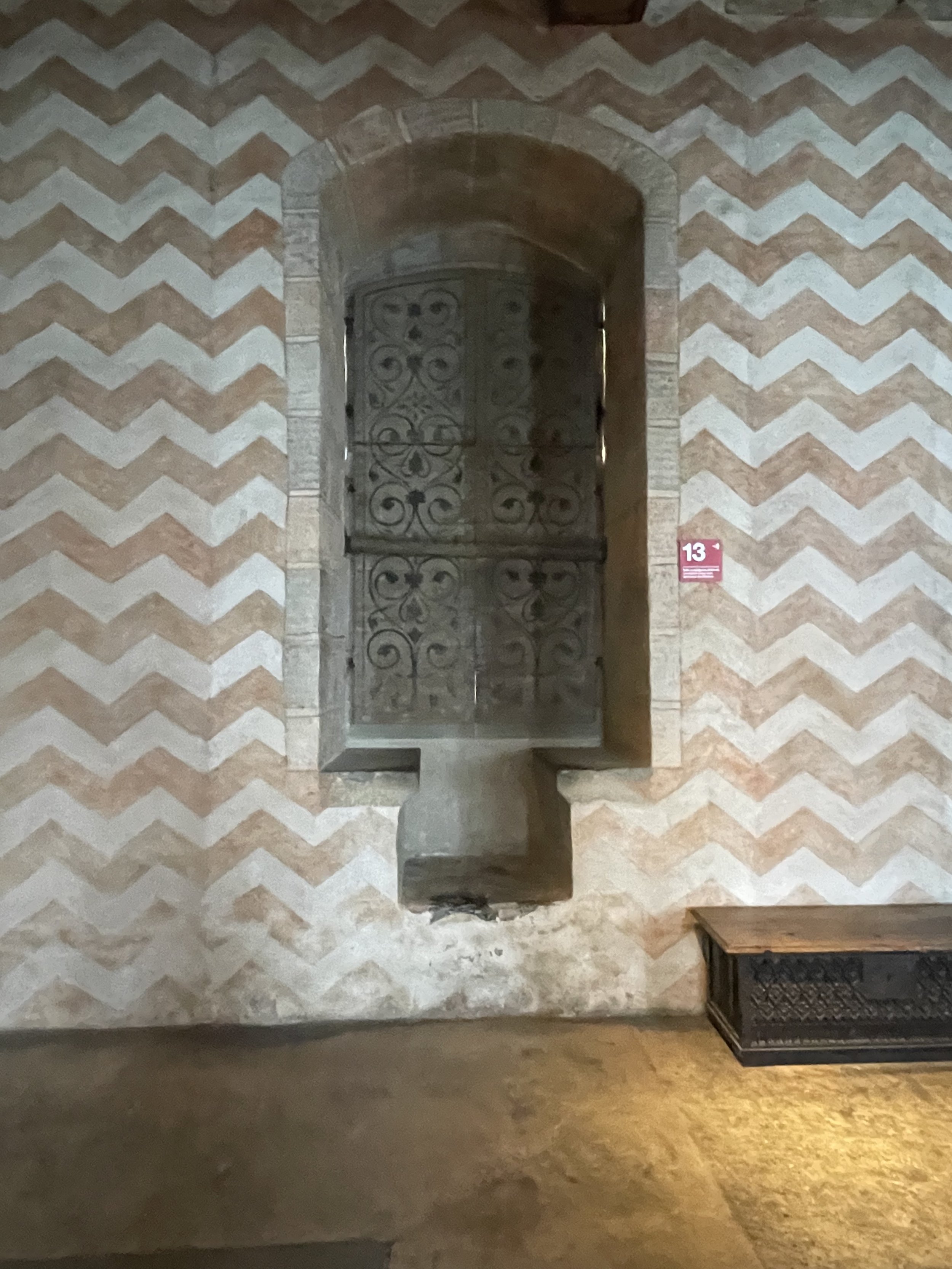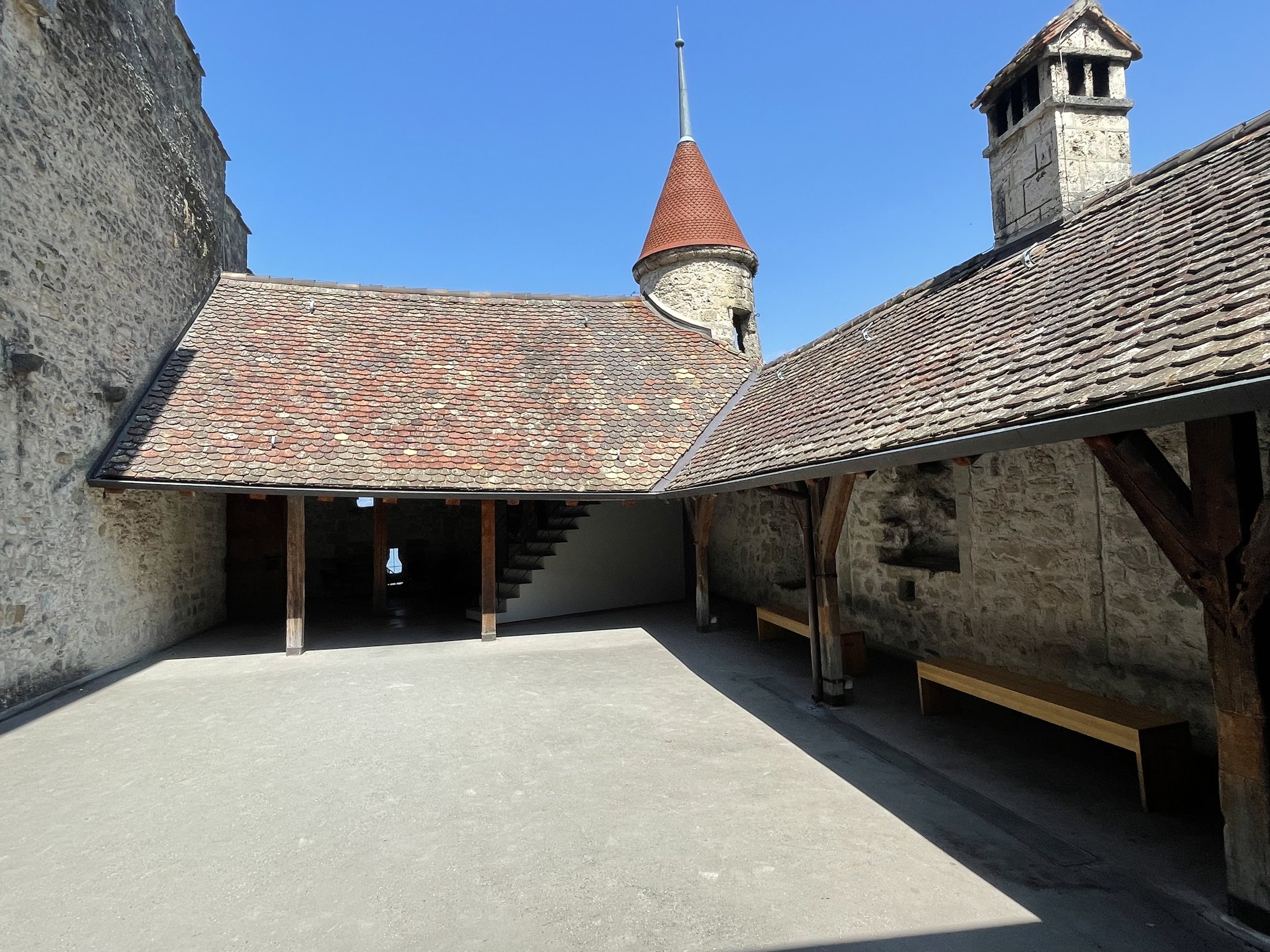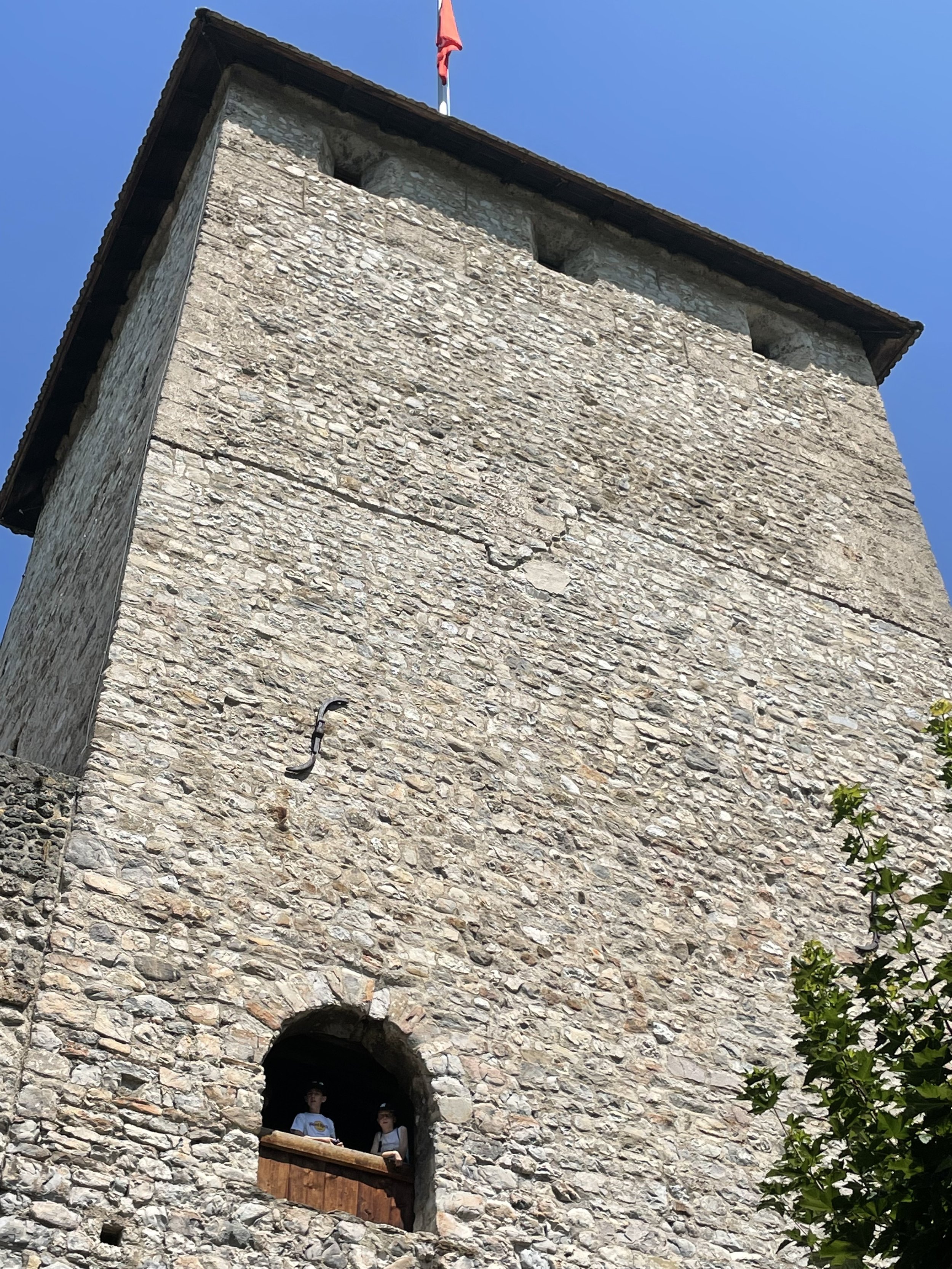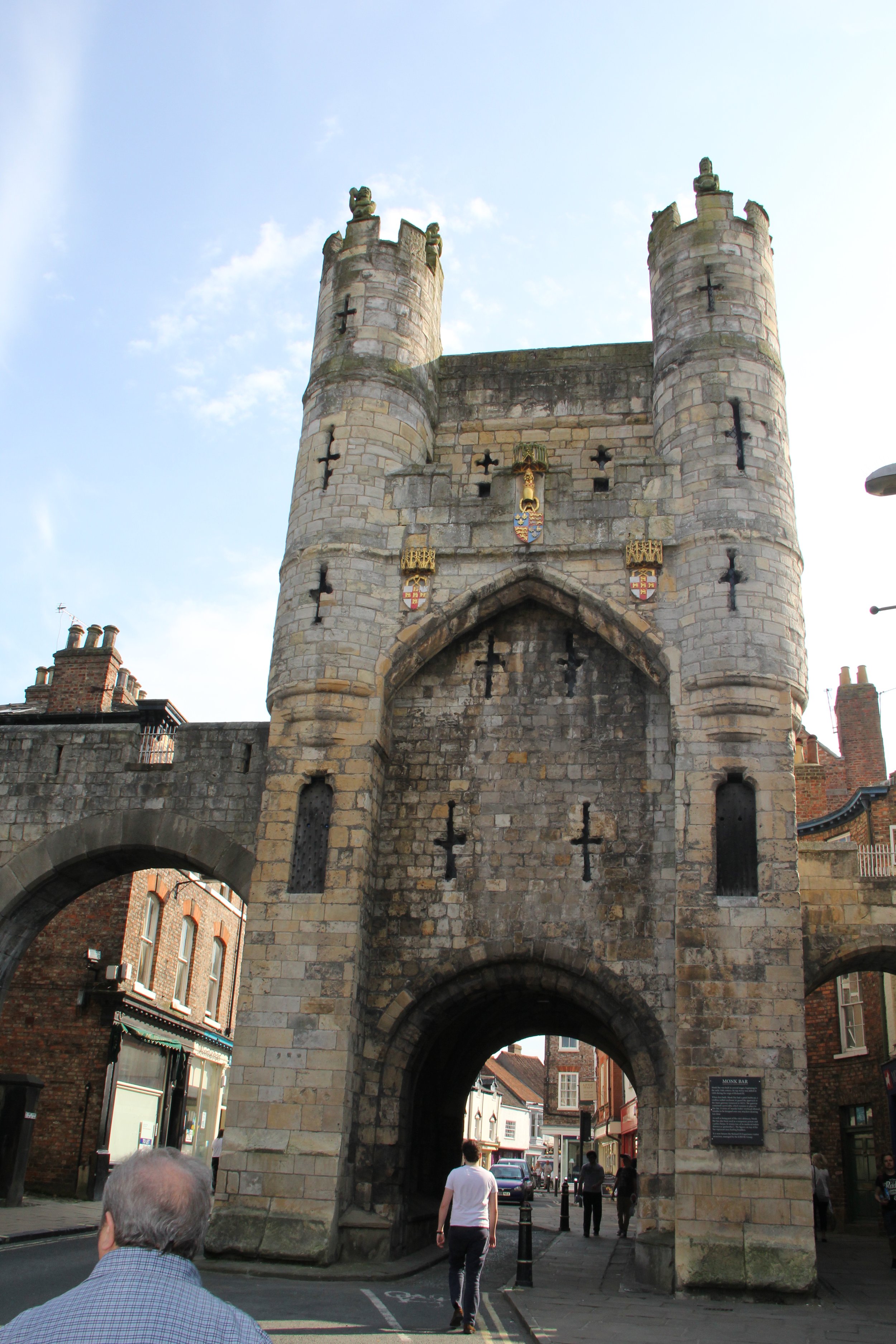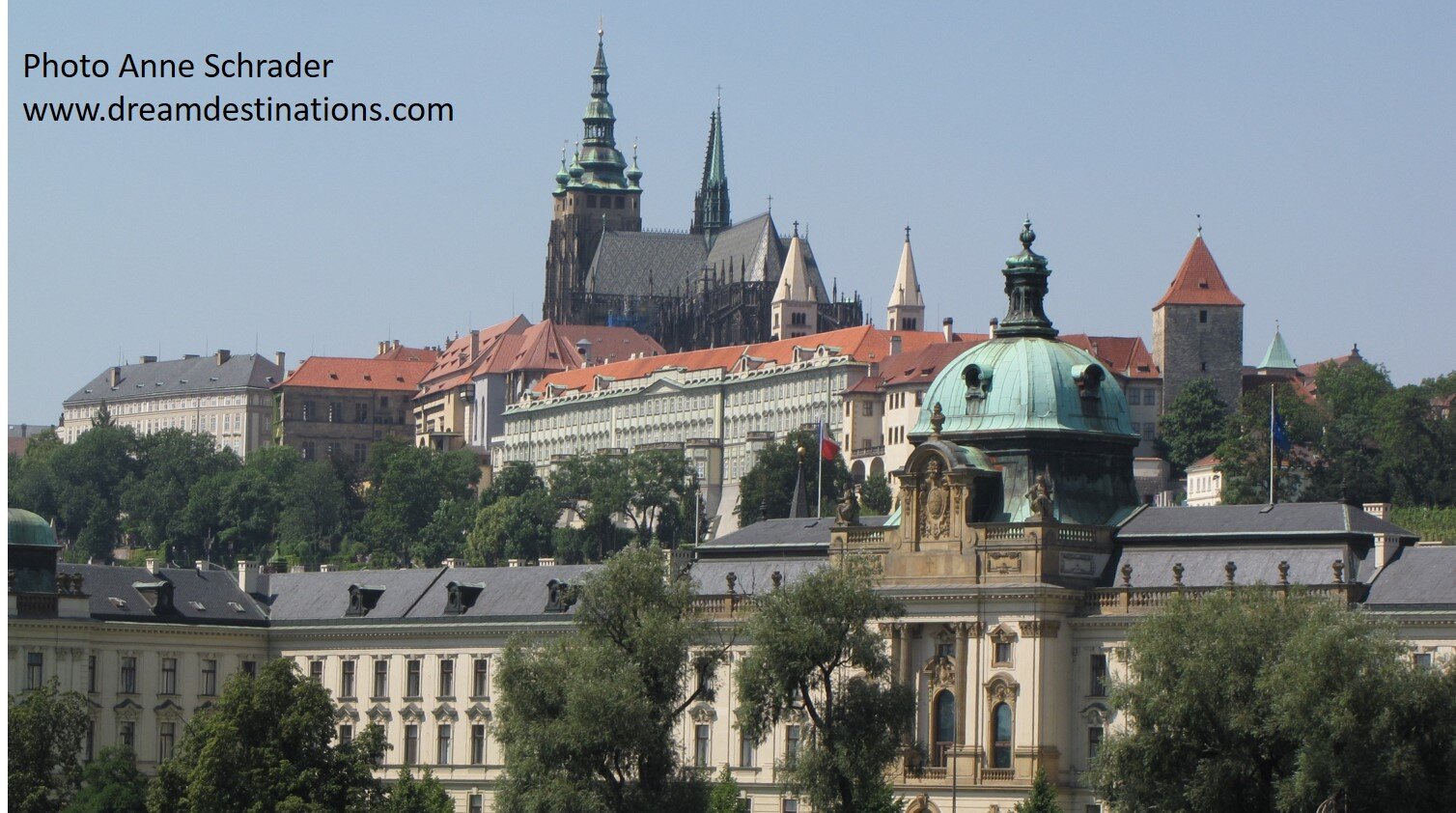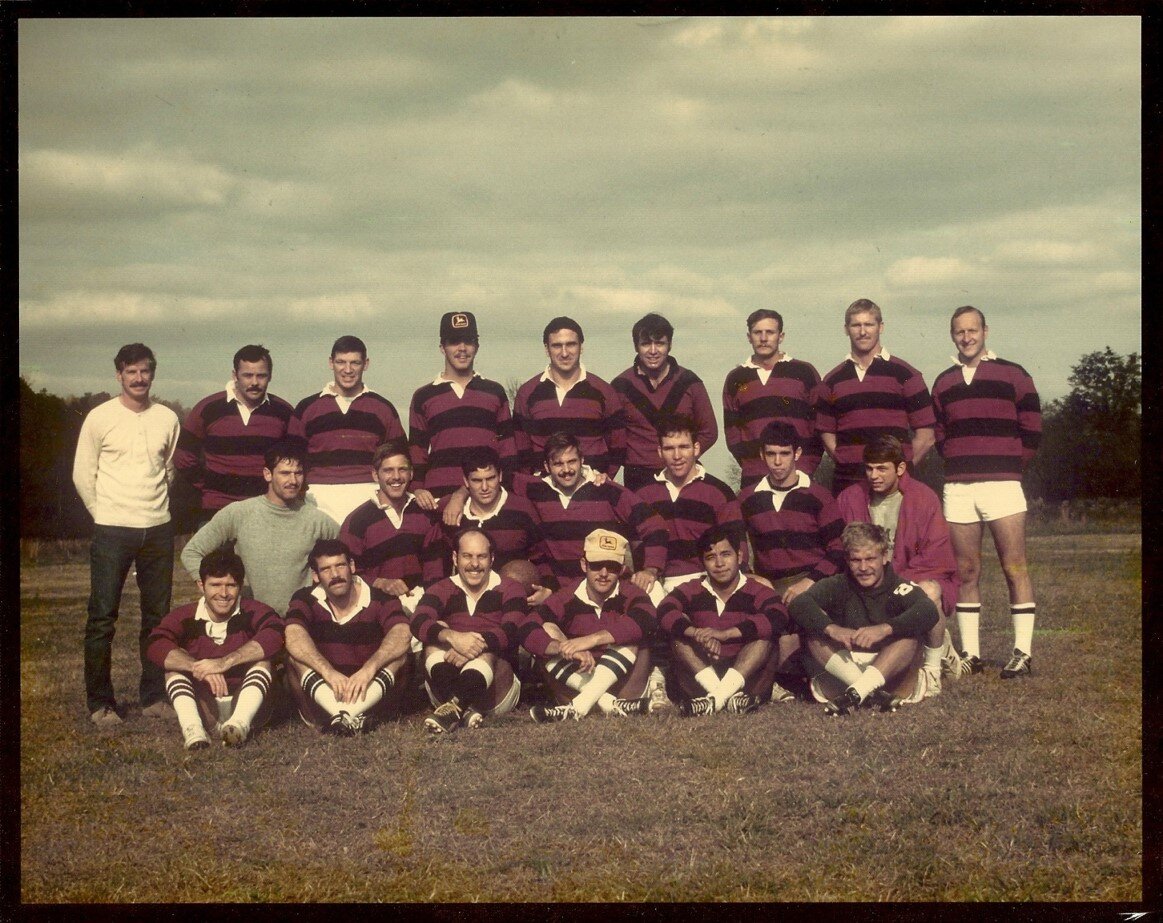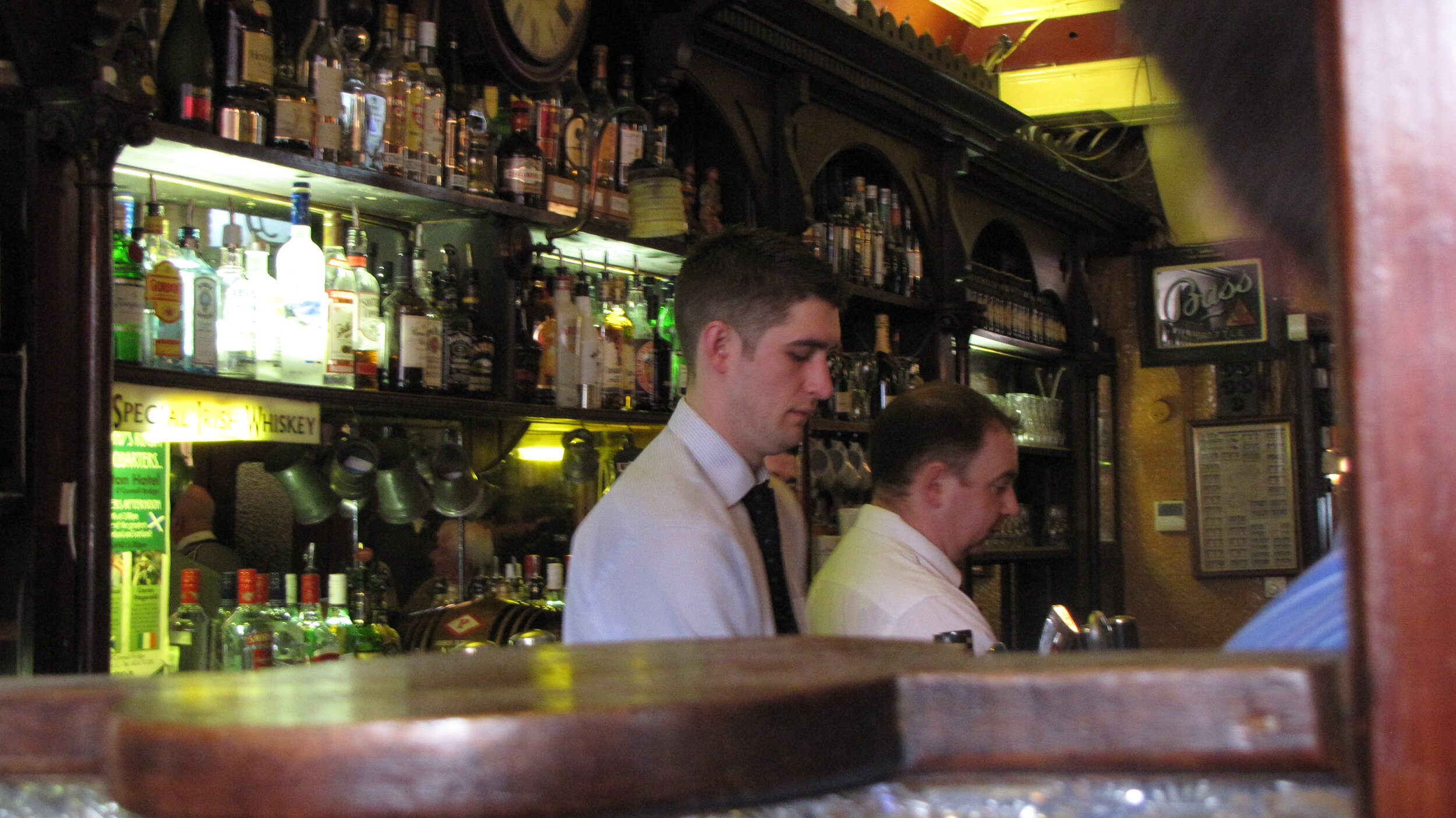13 Haunted Castles of Europe
Hank Schrader, USMA '71, Europe Destination & Europe River Cruise Expert
Anne Schrader, Certified Travel Counselor & Certified Luxury Cruise Specialist
It is amazing how we seem to like stories of haunted places, and I can’t think of better stories than the haunted castles of Europe.
So, let’s explore together and learn about Halloween and 13 of Europe’s Haunted Castles—you won’t be disappointed!
The Origins of Halloween
According to the website of History.com, Halloween originated with the ancient Celtic festival of Samhain, in which folks would build huge bonfires and wear costumes to ward off ghosts.
In the 8th Century, when Pope Gregory declared that November 1st was All-Saints Day, the time to honor and remember all the Saints.
Over time some of the traditions of Samhain were incorporated into the All-Saints Day and the evening before was called All Hallows Eve.
Now, the celebration has become the traditions we observe today, and we enjoy dressing up in costumes, kids and adults get to trick-or-treat and we all are reminded of scary places in the world.
These 13 castles have tales that are among the best ghosts and haunted places in the world!
To set the tone, here is a picture of Krampenstein Castle in the fog—it’s time to get spooky!
Krampenstein Castle in the fog
The Tower of London, England
The Tower of London seen from the Thames River
The Tower of London
The Tower of London passage way to Traitors’ Gate as seen from the Thames River
Traitors’ Gate of the Tower of London
Some of the names on the plaque include Queen Anne Boleyn (1536); Queen Catherine Howard (1541); Lady Jane Grey (1554); and Robert Devereux, Earl of Esse (1601)
There are few castles in the world where so many important nobles were executed by the Kings of England.
Certainly, the most famous is Anne Boleyn, the second wife of Henry the VIII, who was beheaded for treason and incest in 1536. The headless queen is said to roam the grounds of the execution site and the chapel where she is buried.
Execution on the Tower Green was considered a privilege. Most were executed in public on Tower Hill. These include Sir Thomas More and Thomas Cromwell.
The princes in the tower are another ghostly tale. King Edward V and his younger brother were imprisoned in the tower in 1483 while very young and never seen again. They are said to roam holding hands to haunt their death place.
While there are more stories of the bloody tower, the explorer Sir Walter Raleigh is one of my favorites. He battled the Spanish (winning many victories against Spanish armies) and explored the Americas in search for “El Dorado,” the mythical city of gold. He was held in the tower for 13 years for a plot to overthrow James the 1st and executed in 1618. Most of the evidence against him seemed to be fabricated. King James was weary of the constant war with the superior forces of Spain which had depleted his royal coffers and reached a diplomatic settlement to end the wars.
In 1617 Raleigh was pardoned and he led another expedition in search of El Dorado to the Americas. During this voyage, his men attacked the Spanish, and the negotiated settlement now was in jeopardy. James decided to execute Raleigh in 1618 after this fight to appease the Spanish and try to save his diplomatic settlement. Raleigh was executed at the Palace of Westminster.
He often exercised on the tower’s battlement walls during his 13 years of imprisonment, and his spirit is now said to exercise “Raleigh’s Walk.”
Warwick Castle, UK
Warwick Castle
Warwick Castle
Warwick Castle
Warwick Castle
Built in 1068 by William the Conqueror, Warwick Castle is on the bend of the Avon River. It is a very large tourist attraction in England.
The most famous ghost of Warwick is Sir Fulke Greville, who was murdered by his manservant in 1628 when he found out he was not to get much in Sir Greville’s will. His portrait hangs in the castle and has been seen to come out at night to roam his former castle and the South Tower where he died.
Other ghosts include the which Moll Bloxham (my favorite tale) and the mysterious Grey Lady.
Moll was caught stealing from the Earl, tortured and escaped her guards cursing the people of Warwick and escaped to Caesar’s Tower. When the guards stormed the tower room, they were met with a huge black dog with fiery red eyes and no Moll. The dog leaped from the tower into the Avon River and disappeared. Later, Moll’s drown body was found in the river. The dog is said to roam the grounds at night, to haunt the castle and guard the tower.
The grey lady is an older ghost who is little known about but appears in the memoirs of the 4th and 5th Earls of Warwick.
Edinburg Castle, Scotland
Edinburg Castle, Scotland
Edinburg Castle, Scotland
The castle has seen its share of conflicts and deaths that happened on its grounds and has provided us with two musical ghost stories.
The most famous tale is the Phantom Piper. The piper was sent to explore a tunnel system that connected Edinburg Castle to the Holyrood Palace on the Royal Mile. The boy was playing music on his bagpipes, so his comrades could tract his progress. The music suddenly stopped, and search parties entered the tunnel, but the boy was never found. Some say the sound of bagpipes can be heard deep below the castle.
Another tale is the headless drummer boy. He warns the castle of danger and attack and only appears when the castle is threatened. He first appeared in 1650, to warn of the coming attack by Oliver Cromwell’s soldiers, who attacked and captured the castle.
Mont Sainte-Michell, France
Mont Sainte Michel
Mont Sainte Michel has served as a monastery, a military fortress and a prison. This hill-topped castle is said to be haunted by several ghosts.
Most of the stories are centered around the desecrated graves, which were destroyed during the French Revolution. Ghost monks haunt the abbey to avoid the past destruction of the eternal resting place of the dead and to protect their departed souls.
If that were not enough ghosts, Mont Saint-Michel’s dark history is intertwined with the Hundred Years’ War. The island fortress was besieged many times by the English but never conquered. Captain Louis d’Estouteville, a prominent figure in these battles along with his soldiers, is said to protect the abbey. In 1434, d’Estouteville led an attack that repelled the English, killing over 2,000 English soldiers on the beaches near the fortress.
To this day, his ghost is still guarding against intruders.
Berg Eltz, Germany
Burg Eltz
Courtyard entrance Burg Eltz
The Knight’s Room Burg Eltz. This is a scan of a postcard we bought during a visit, as no pictures are allowed inside the tour castle rooms during a visit.
Burg Eltz was never destroyed in the region where most castles were destroyed by the French and is a delightful example of medieval life in a great castle.
The ghost of Countess Agnes haunts Berg Eltz. She was the daughter of the 15th Count of Eltz, who trained with her brothers and became a skilled warrior. As was the custom of that time, she was betrothed to another noble in an arranged marriage, the Count of Braunsberg. She refused to marry him. At a public festival, the count kissed Agnes without her consent and she slapped him. He vowed revenge for this public humiliation.
Several months later, while the Eltz family was on a hunting trip, the Knight Count of Braunsberg attacked the castle. Agnes donned her armor and rushed into the battle. Not recognizing Agnes in her armor, he shot her with his crossbow and killed her. When he removed her helmet, he realized he had killed his future bride and he fled, grieving his actions.
In the Countess Room of the Burg, Agnes’s breastplate and battle axe are on display honoring her brave defense of the castle.
Agnes’ ghost stills haunts the castle as defender of Burg Eltz and tour guides of the castle tell the tale of brave Agnes, adding to the mystique of the castle.
Rheinfels Castle, Germany
Rheinfels Castle, Germany
Rheinfels Castle, in the Rhine River Gorge, was the largest castle in this wonderful collection of 40 castles. While most of the castle is in ruins, it had an extensive maze of tunnels that the defenders could use to make surprise attacks on any enemy forces if the castle was under attack.
The spooky facts are that many ghosts of these defenders are said to still roam these areas, as explosive accidents and actual seizes caused them to lose their lives. Paranormal investigators claim there are shadows and unexplained activity in the foundations, especially the catacombs area. You can actually stay here if desired or like me, just enjoy the view while sailing the Rhine River Gorge.
Reichenstein Castle, Germany
Reichenstein Castle, Germany
From 1254 to 1273, the nobles of the castles of the Rhine George exacted tolls from the ships traveling on the Rhine. They became to be known as robber barons, who ruthlessly profited from these tolls. Reichenstein Castle is one of the robber barons’ castles and another haunted place.
Here is the story—in the 1282, the Holy Roman Emperor, besieged the castle in his effort to eliminate all of the robber baron’s castles, and captured Dietrich and his sons. He ordered the lord of the castle and his 9 sons executed. The lord of the castle, Dietrich, offered his executioners a deal—if they chopped of his head and he managed to walk past his 9 sons headless, then they were to be spared. The amused Emperor agreed.
His head was cut off, but he managed to walk past all 9 sons before tumbling to the ground. He tried to save his sons, but the enraged emperor, realizing Dietrich had cheated their deaths, executed them anyway.
Since it is a legend, some say the sons were spared. Still a great tale, as there is no doubt Dietrich lost his head!
Dietrich still roams the grounds, a headless ghost, sometimes in a coffin carried by 4 headless coffin bearers and reminds us of the violent past of this era.
Mauseturn Toll Tower, Germany
Mauseturn Toll Tower
Mauseturn Toll Tower is another spooky place.
The legend of this tower is that the Archbishop of Mainz, Hatto, collected a corn tithe from the river barges. After one year of bad harvest, peasants came asking for grain.
He sent the peasants to the storage barn, locked then in and burned them down.
All died except the mice, who chased Hatto to the Mauseturn (mice tower in German) and ate him alive. It is empty today but a spectacular site during a voyage on the Rhine River.
Reichsburg Castle (Cochem Castle), Germany
Reichsburg Castle (Cochem Castle), Germany
Reichsburg Castle (Cochem Castle), Germany
The Witches Tower Cochem Castle
Reichsburg is another spooky place but doesn’t look spooky.
Standing on a hill 300 feet above the town of Cochem, this elaborately restored castle (it was destroyed by the French in 1689) is a fun and interesting visit. Many river cruise companies visit this castle.
The original castle, whose first purpose like many others on the rivers of Germany was to collect tolls, was rebuilt from 1868 to 1890.
While not authentic, it is still cool—great vistas, interesting rooms, perhaps most importantly, at first glance, it is an impressive structure, and I enjoyed visiting it.
What makes it spooky, is the witches Tower, the oldest part of the original castle. In medieval times it was used for witchcraft trails. To determine if they were witches or not, the horrible way was to throw the lady out of a window. If they died, they were given a Christian burial. If not, they were burned as witches.
Harsh times, and very spooky!
The Chateau de Chillon, Switzerland
Chateau de Chillon, Switzerland
Chateau de Chillon, Switzerland
Chateau de Chillon Dungeon , Switzerland
Spot wher Bonivard was chained in the dungeon. He constantly walked back and forth, wearing a path on the stone floor.
Situated on Lake Geneva, this impressive castle was a key fortress of the Dukes of Savoy.
It also has a famous ghost—is the monk Francois Bonivard. Bonivard supported the Protestant revolution and opposed the Dukes of Savoy. They imprisoned him for 6 years chained in the dungeon. He constantly walked back and forth, wearing a path on the stone floor.
After his release, his spirit is said to haunt the castle. The story became famous due to the 1816 poem written by Lord Byron called “The Prisoner of Chillon.” The poem explores the cost of prolonged confinement, and the desire for freedom. The prison is a powerful symbol of tyranny and oppression of those in power, told in the poem by words and thoughts of the prisioner, and made Bonivard’s struggles and isolation heroic.
With the many executions and the dark history of the prison, the monk is joined by other restless spirits who roam the dungeon and halls of the castle.
Braun Castle, Romania
Braun Castle
Braun Castle
In Romania, Braun Castle guards the strategic pass between Transylvania and Wallachia and is renowned as home to Vlad the Impaler, or as most folks want to remember him, as Dracula’s castle.
Most of this legend comes from the novel of Dracula, but the castle is supposed to belong to Vlad, although he perhaps spent 2 months at best here. Not really his castle, but it’s good enough for me—it is still a cool castle!
We visited on a rainy day and after going in the strong castle doors; to get to the main floors, we had to go up the very tight, windy stairway that spiraled in a spooky fashion.
The castle rooms look quite lived in, since they have been remodeled several times, but with passageways and small connecting rooms, it is a fun visit.
Buda Castle, Hungary
Buda Castle
Citadel of Visegrad where Count Dracula was held prisioner
Citadel of Visegrad
Buda Castle is haunted by several ghosts. One is the Lady Katalin Hunyard, a noble woman wrongfully accused to treason, condemned and executed. She still roams deep under the castle protesting her innocence.
However, the supposed most famous prisoner is Dracula himself! Vlad Tepes was King Matthias’s captive, held in the labyrinth under the castle. As with all legends about Vlad, he actually never was held under the castle. He was held in the Citadel of Visegrad from 1463 to 1475. Never to miss an opportunity to create a great tourist tour, the myth is probably a modern invention to help promote tourism and includes a themed exhibition under the castle and tours promoting this myth.
Baba Vida Castle, Bulgaria
Baba Vida Castle
Baba Vida Castle
Statue of Baba Vida
Next is the lonely Danube castle of Baba Vida in Bulgaria. This castle is named after Vida, the daughter of a wealthy Bulgarian boyar.
According to the legend, due to the unsuccessful marriages of her two sisters—Kula and Gamza, Vida rejected all proposals for marriage, built the castle and remained in it for the rest of her life as the protector of Vidin. It is said her ghost roams the castle and grounds, serving to ward of enemies and evil doers of the world and the world of spirits.
Somehow, knowing the legend, and seeing this small but well-constructed castle, I could easily see her spirit standing in defense of the invading Turks.
Baba Vida Castle is a common stop by many river cruise lines while sailing the lower Danube, and Braun Castle is a common post cruise land extension.
Our Final Thoughts
I bet you did not know of the many eerie stories of castles in Europe. I confess I did not know all these stories but enjoyed learning a little more about the spooky side of European Castles. Perhaps this will encourage you to visit some of these interesting places.
We are travel experts, ocean and river cruise specialists, and Europe destination experts. We have first-hand knowledge of almost anywhere you want to visit in Europe. We know our products and the vendors who sell them to you. We have designed special tours for dozens of clients, led several and will continue to find just the right vacation that will exceed your expectations.
When you are spending your hard-earned money for a vacation, you want an advisor who can match you with the right trip. You want someone who will understand your expectations and fuel your anticipation (or excitement) to get you the best possible trip experience. And, you want someone who can help you with the decision-making process. We think we have all these qualities.
Whatever your Dream Destinations are, we are here to help you get the best possible vacation based on what is important to you! We will provide you with high quality, expertly planned travel. Please give me a call 713-397-0188 (Hank) or email me at hschrader@visitdd.com . We want to help you: Savor life…make memories…Visit Dream Destinations! Your journey begins here!
ANNE has earned a degree from the University of Houston in Hotel and Restaurant Management. Serving as the President of Visit Dream Destinations, LLC, since 2016, she is uniquely experienced professional travel advisor with over 26 years’ experience in the travel industry. Among her numerous certifications, she is a Certified Travel Counselor (CTC) by the Travel Institute, considered the gold standard in travel agent certification and she is also an Accredited Cruise Counselor (ACC) by the Cruise Lines International Association (CLIA), as well Luxury Cruise Specialist also from CLIA. Having traveled often to Europe since 1989, she has expanded on her certification as a Destination Specialist in Western Europe (DS) with extensive first-hand experience in luxury vacations. She holds numerous other specialty designations from individual vendors. An expert photographer, she delights in capturing the true essence of destinations to share with all.
HANK is a certified Western European Destination Specialist (DS) who has been traveling to Europe for 53 years. He is also an Accredited Cruise Counselor (ACC), conferred by the Cruise Line International Association (CLIA). His last major certificate is a Verified Travel Advisor (VTA) certificate earned from the American Society of Travel Advisors (ASTA). This recognized expert in cruise and leisure travel is a retired Army Officer, and taught World Geography for 8 years. He is a `71 graduate of West Point and has earned 2 master’s degrees. His other Certifications:
AmaWaterways River Cruise Specialist
Avalon Waterways Specialist
CLIA Riverview Certificate
Emerald Waterways Specialist
Riverside Luxury Cruise Specialist
Scenic River Cruise Specialist
Viking River Cruise Specialist
Brit Agent



